If you have cellulite and have felt self-conscious about it, join the party. Thanks to more than a few unrealistic beauty standards, society and culture have taught us cellulite is bad. Just think about the excessive use of Photoshop in every ad and commercial we see covering it up for the sake of smooth, airbrushed legs. The sentiment is that it’s undesirable.
It makes sense that we’d start resenting cellulite—because in every magazine, TV show, social media feed, or #inspo post we see, we only notice the absence of it.
Maybe all we have to do to change our perspective is take a step back and think about what cellulite really is. If we took the time to learn about what it is and why we have it (in lieu of frantic Google searches looking for ways to hide, remove, or get rid of it), we could begin to erase the idea that it’s bad or unhealthy and finally begin to accept it for what it is: totally normal.
What is cellulite?
Normal, healthy, fatty tissue development is the cause of cellulite. It’s super common, harmless, and—you guessed it—most prevalent in women. While little is known about the exact cause of cellulite, we know it has to do with the fat lying between the fibrous connective cords that tether the skin to the underlying muscle. As these fat cells accumulate (and reminder—fat cells aren’t inherently “bad,” our bodies need good fat), they push up against the skin while the cords pull down.
Cellulite looks like uneven, dimpled skin. It’s most commonly seen in the upper thigh area, although it can appear in other places like the breasts, lower abdomen, and upper arms. For some, cellulite is only visible when their body is in certain positions like sitting down or pinching the skin. For others, cellulite is always visible.
Fun fact: it begins developing as early as in the womb—and picks up again during puberty. As you age, cellulite can become more apparent because your skin typically thins over time. It’s also a common misconception to think cellulite only comes with being overweight—plenty of lean people and athletes have it, too. All of this to say, it’s important to remember that cellulite looks different on everybody.
Several factors contribute to the appearance of cellulite, including hormones, which is one of the reasons women develop more than men. Estrogen prevents fat breakdown and loss while stimulating an enzyme responsible for fat growth. Additionally, some studies have shown that certain genes may be responsible for cellulite production, meaning that some of us are genetically predisposed to have more or less cellulite than others—regardless of body composition.
Other contributors to cellulite are low estrogen levels (surprise, surprise—menopause can trigger it), pregnancy, and a low-fiber, high-sugar or high-refined-carbohydrate diet. Yo-yo dieting and rapid weight loss fluctuation can also promote its accumulation. (If you’re taking a GLP-1 drug for weight loss, read this.)
The relationship between cellulite and exercise
Many people assume exercise is a cure-all for cellulite, but that isn’t true (in fact, it’s impossible to permanently get rid of it). A lack of physical activity, however, can increase the appearance—so a consistent workout routine can reduce it.
One recent study showed that aerobic exercise (aka, cardio) helped reduce the appearance of cellulite—but cardio alone won’t do the trick. Experts agree that combining cardio with plenty of strength training and strength-based workouts (cue obé classes like Strength, Power, Pilates, Sculpt, and Barre or a structured program like BodyComp)—in other words, following a balanced routine for boosting overall health—is your best bet.
The TL;DR is that building muscle mass decreases the appearance of cellulite since stronger muscles help flatten out the skin. For the record, you can’t target a single area with exercises to reduce the appearance of cellulite. You need to train your whole body! (Not sure if strength training is your “thing?” Read 5 reasons every woman should strength train.)
That being said, no diet, single exercise, exfoliation, or specialized topical cream can bust cellulite for good. And why should they? Cellulite is totally normal and harmless. We’re strong believers in centering your fitness goals around how you feel. It may be more helpful to instead think about whether or not a workout will help you feel strong, confident, and accomplished. If so, the reduced appearance of cellulite can just be a bonus (or not!).
How to change your mindset around cellulite
It’s important to understand just how common cellulite is to change your mindset around it and come to terms with having it. 93% of women have it, according to Dendy Engelman, M.D., a board-certified dermatologic surgeon at Manhattan Dermatology and Cosmetic Surgery. It may not feel that way when you scroll the internet or look around, but those are the facts. For something that’s this prevalent in women, it should be way more socially accepted.
If you are consuming articles or media that propose quick fixes and procedures for getting rid of cellulite, stop reading. Not only are they lying to you (there’s no quick fix!), but you don’t need that negativity in your life! Those types of posts are designed to breed insecurity, to make you want to purchase something to “fix” the problem they’ve created for you. That just further pushes the narrative that cellulite=bad, and we know that cellulite=normal.
Wherever you’re at in your body confidence journey, don’t let this get in the way of you living your best life. Now that it’s summer, wear the shorts, the short dress, the swimsuit, and be the first to run into the ocean! If you start to get worried about what people think, just take a look around. Seeing others that have features similar to us helps us to feel less alone and more accepted. You got this!
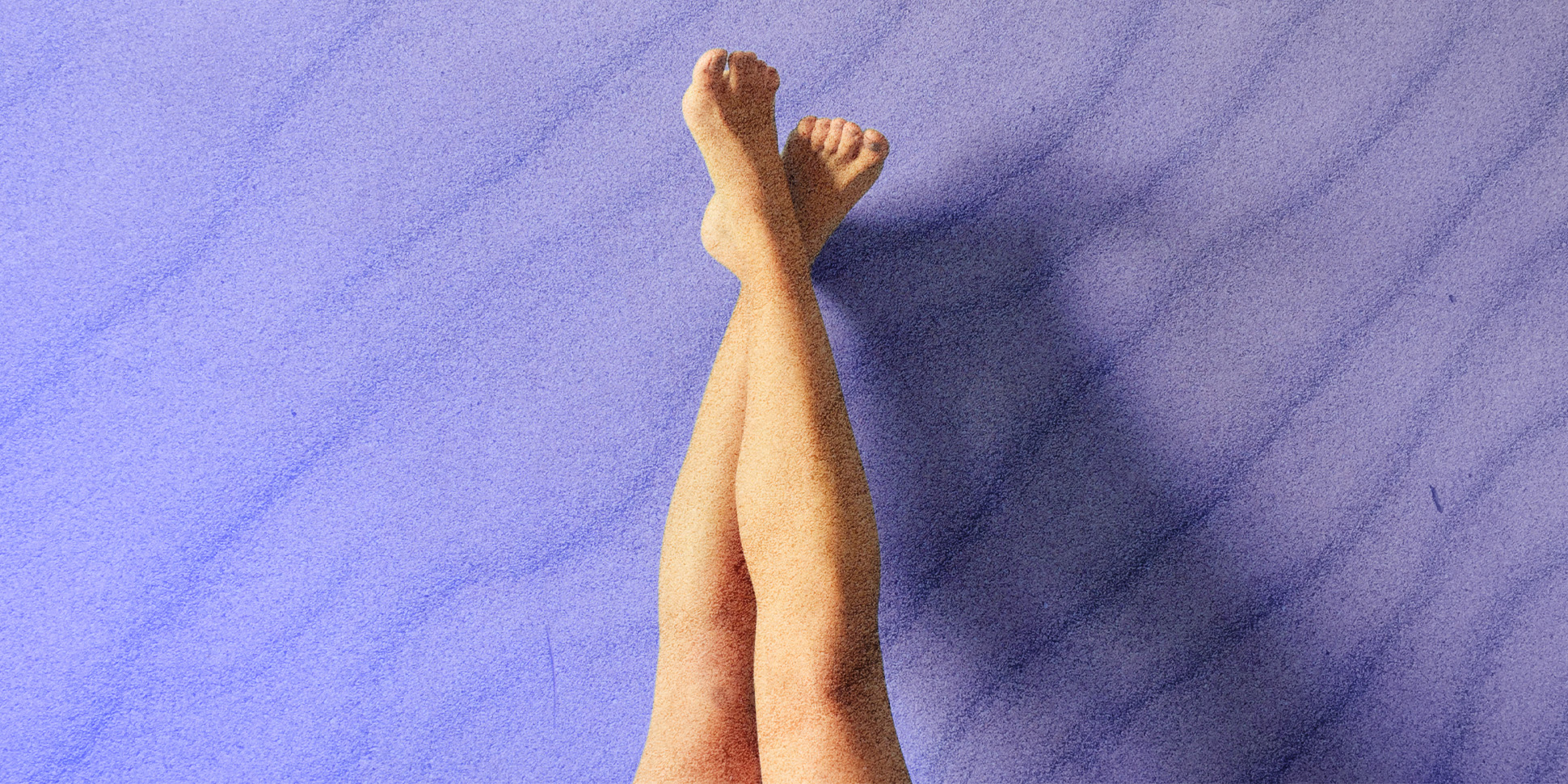





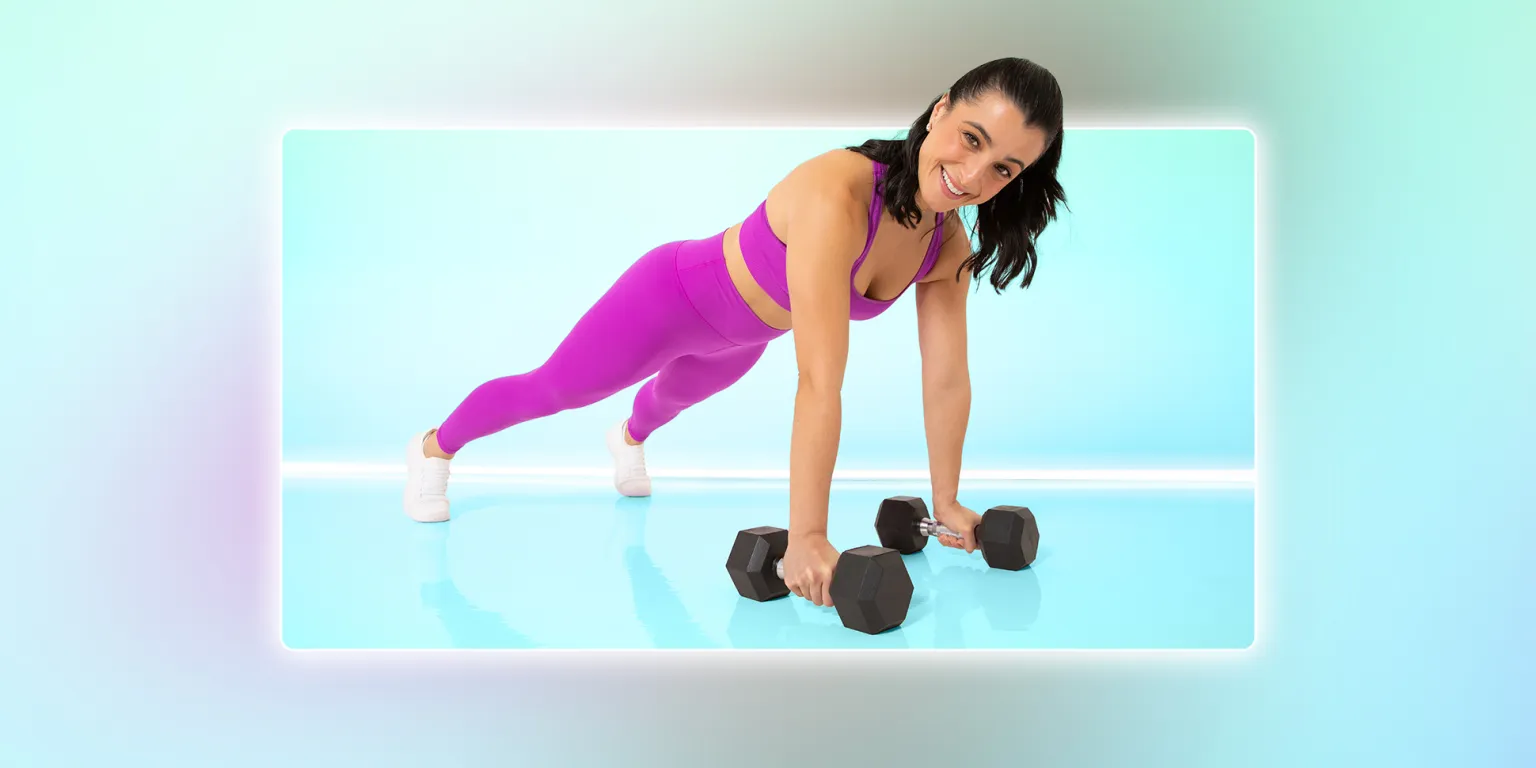
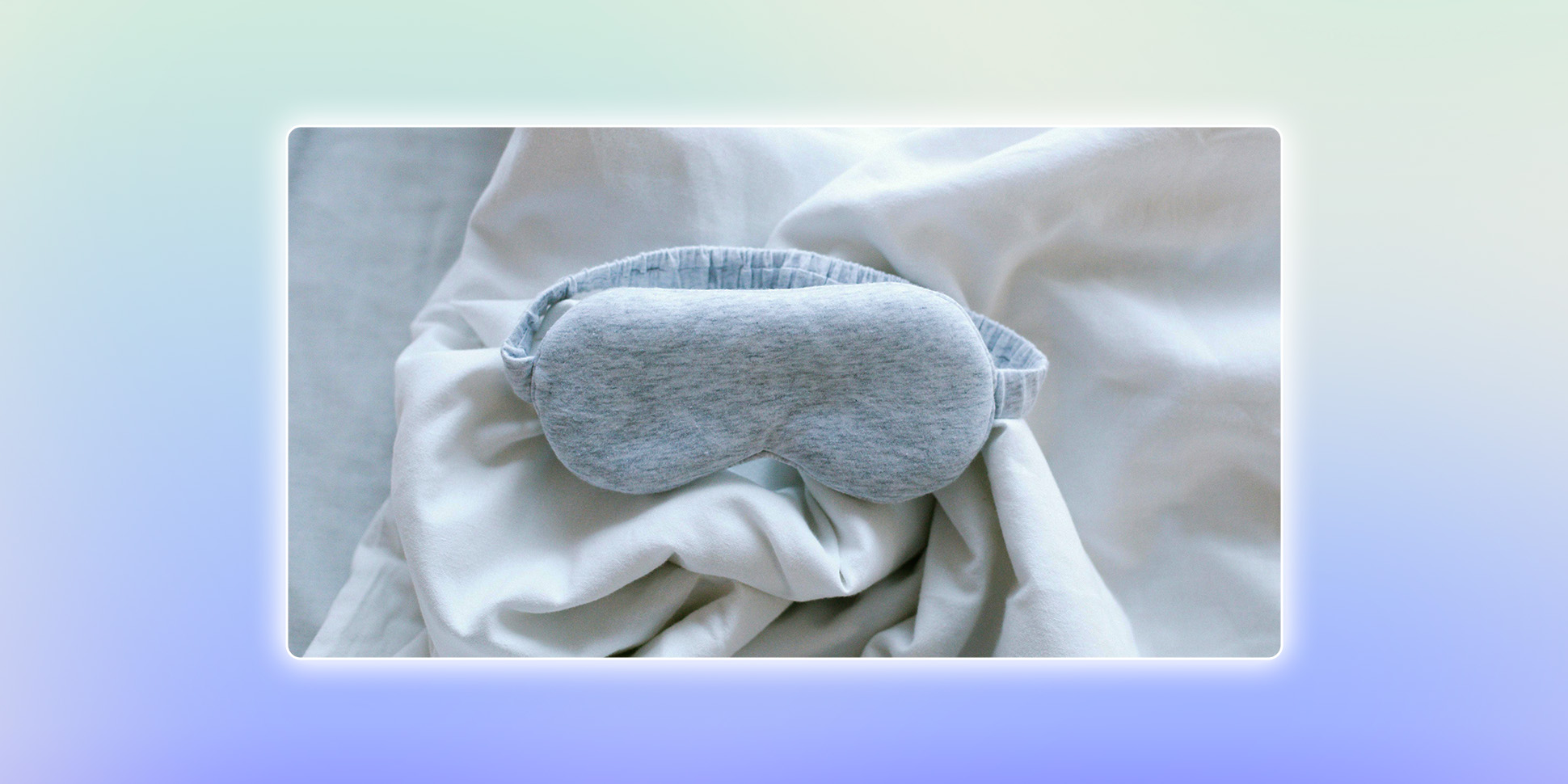

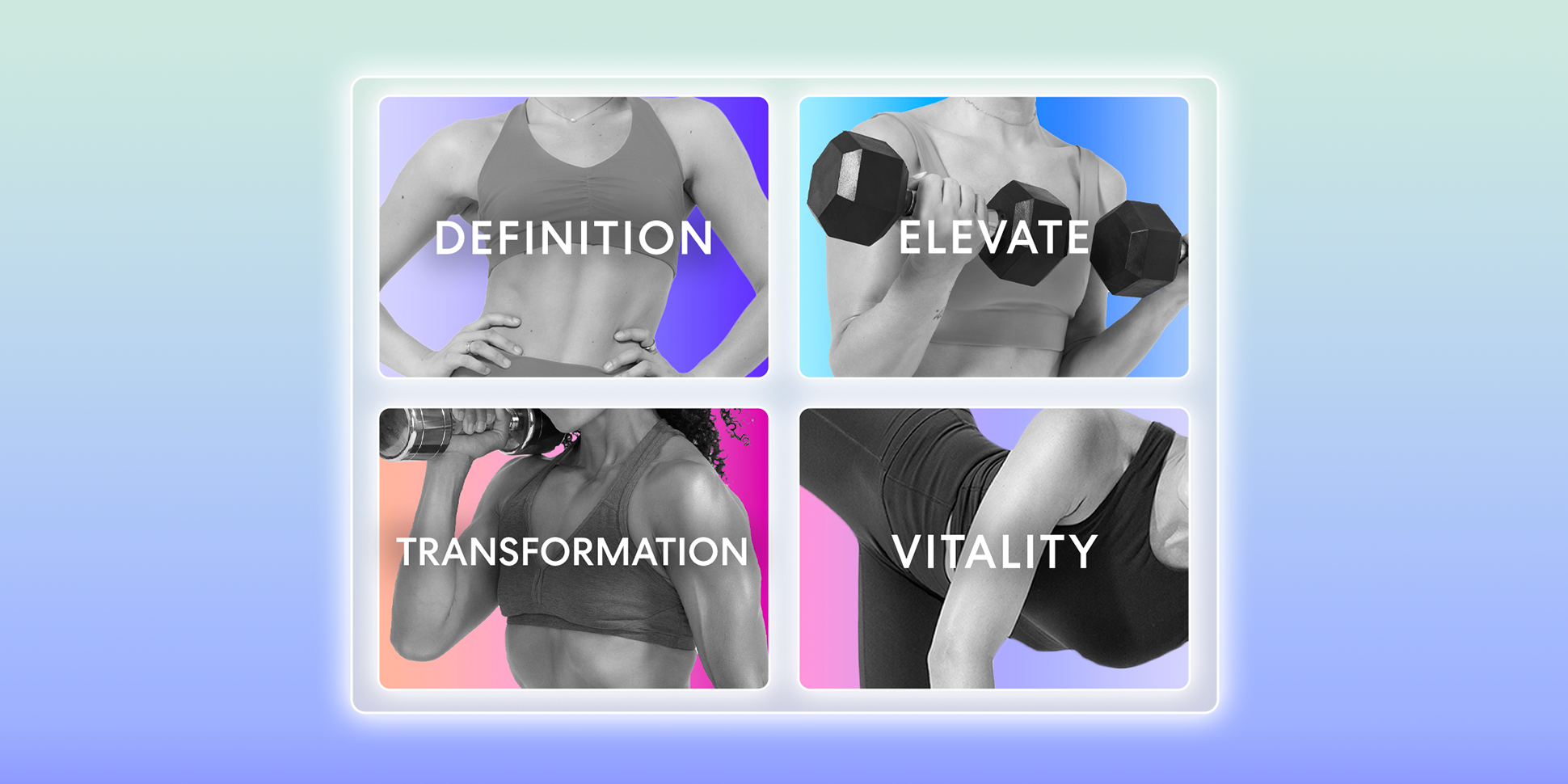









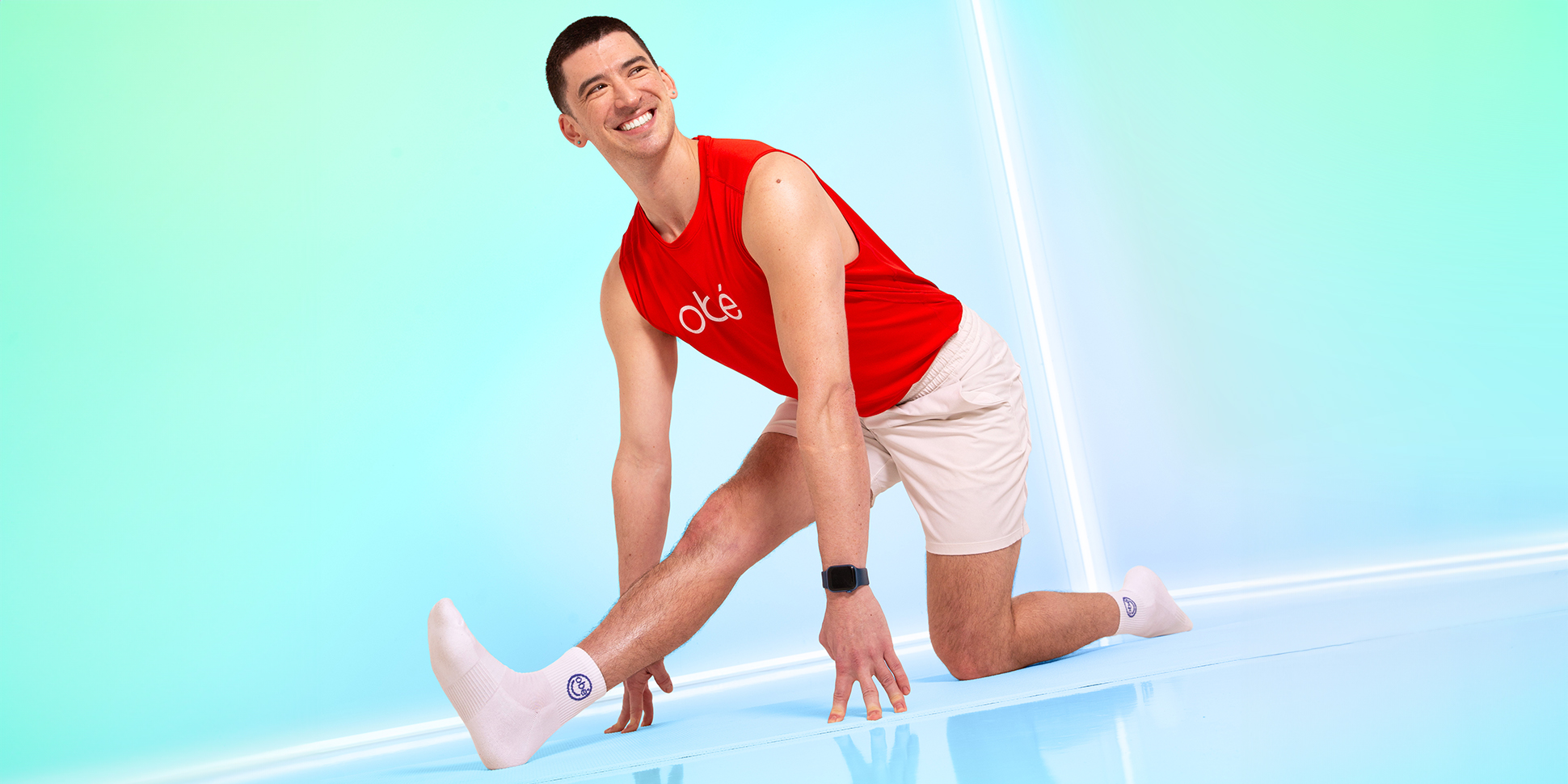
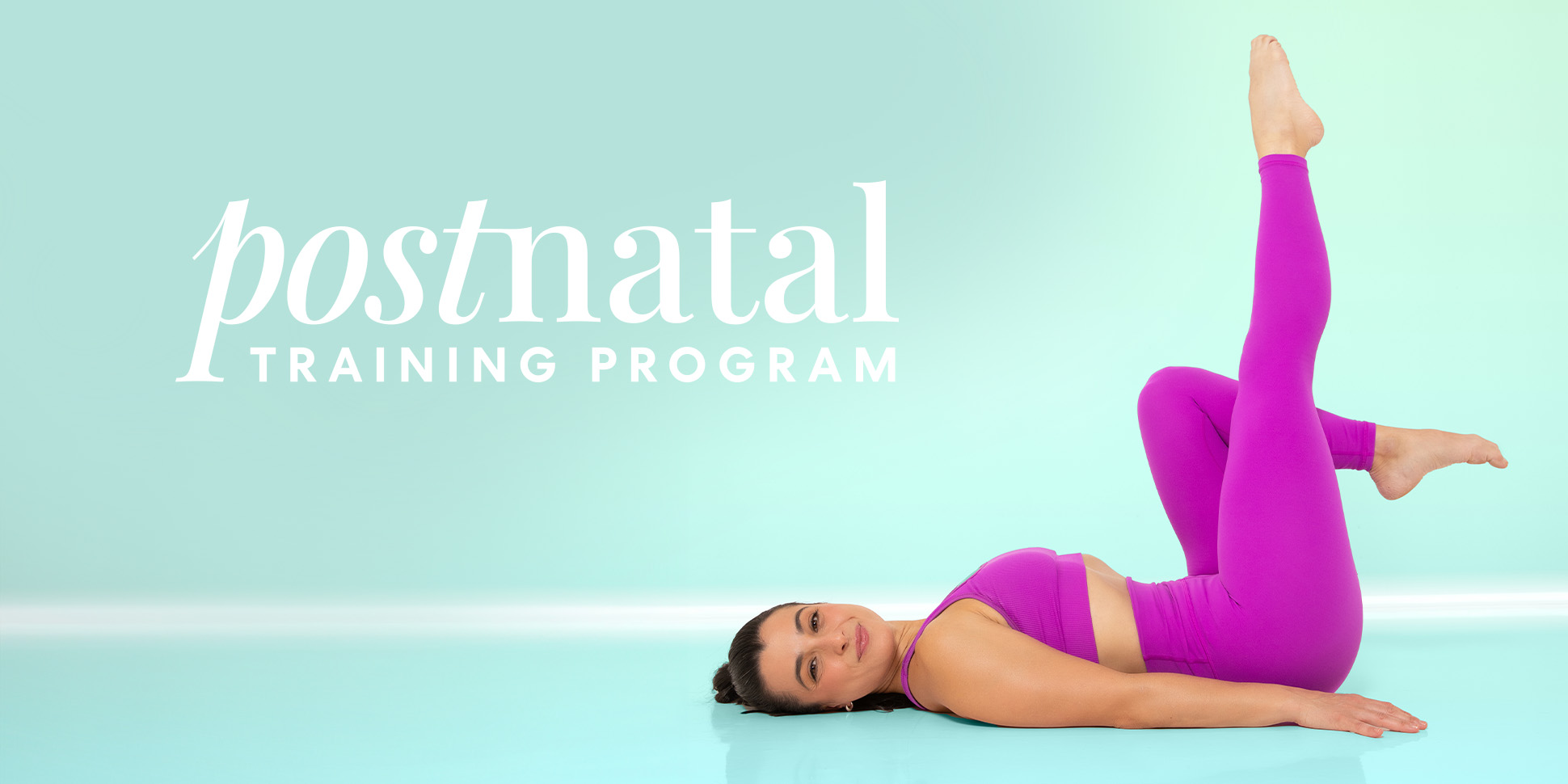

















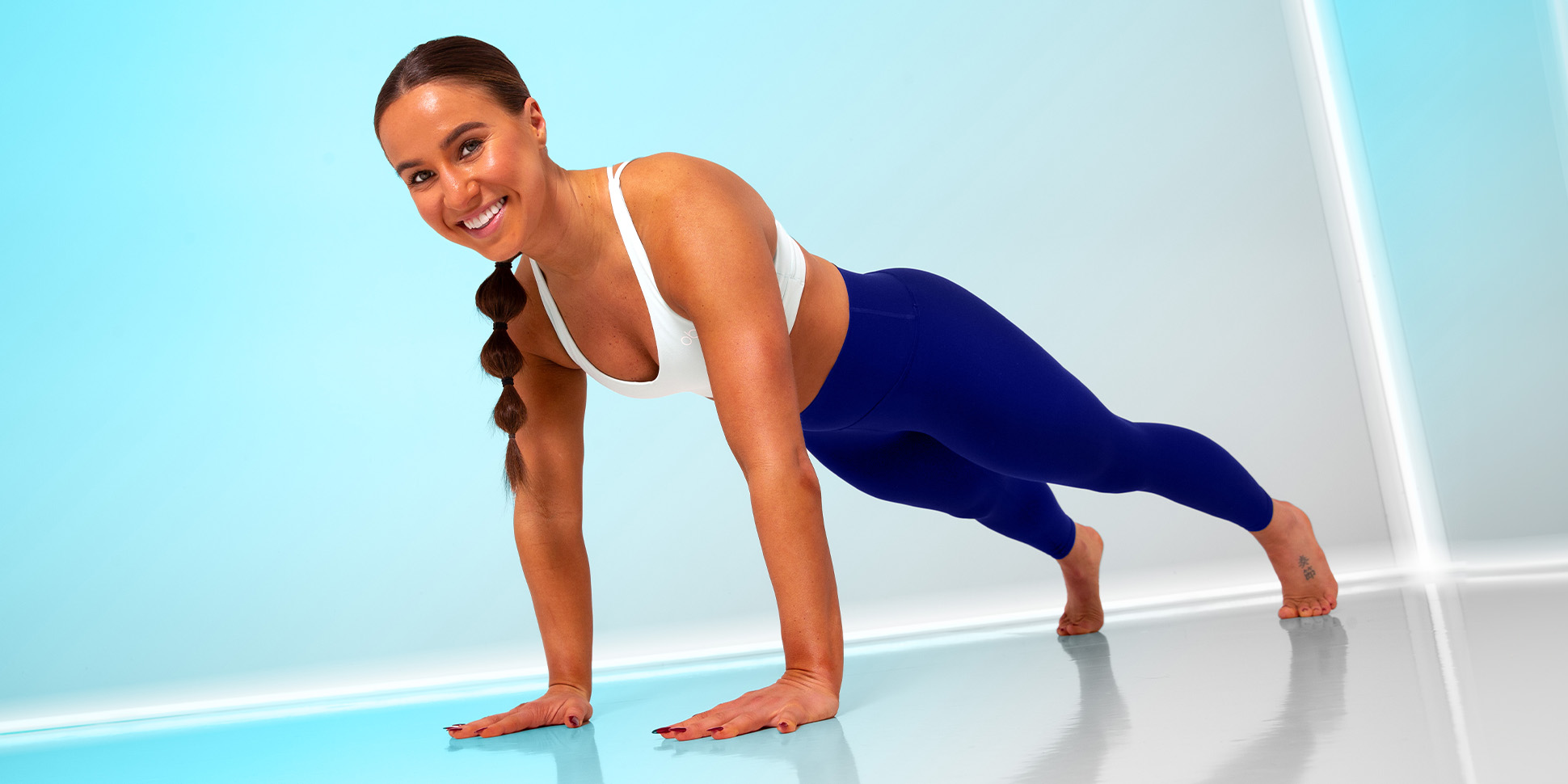

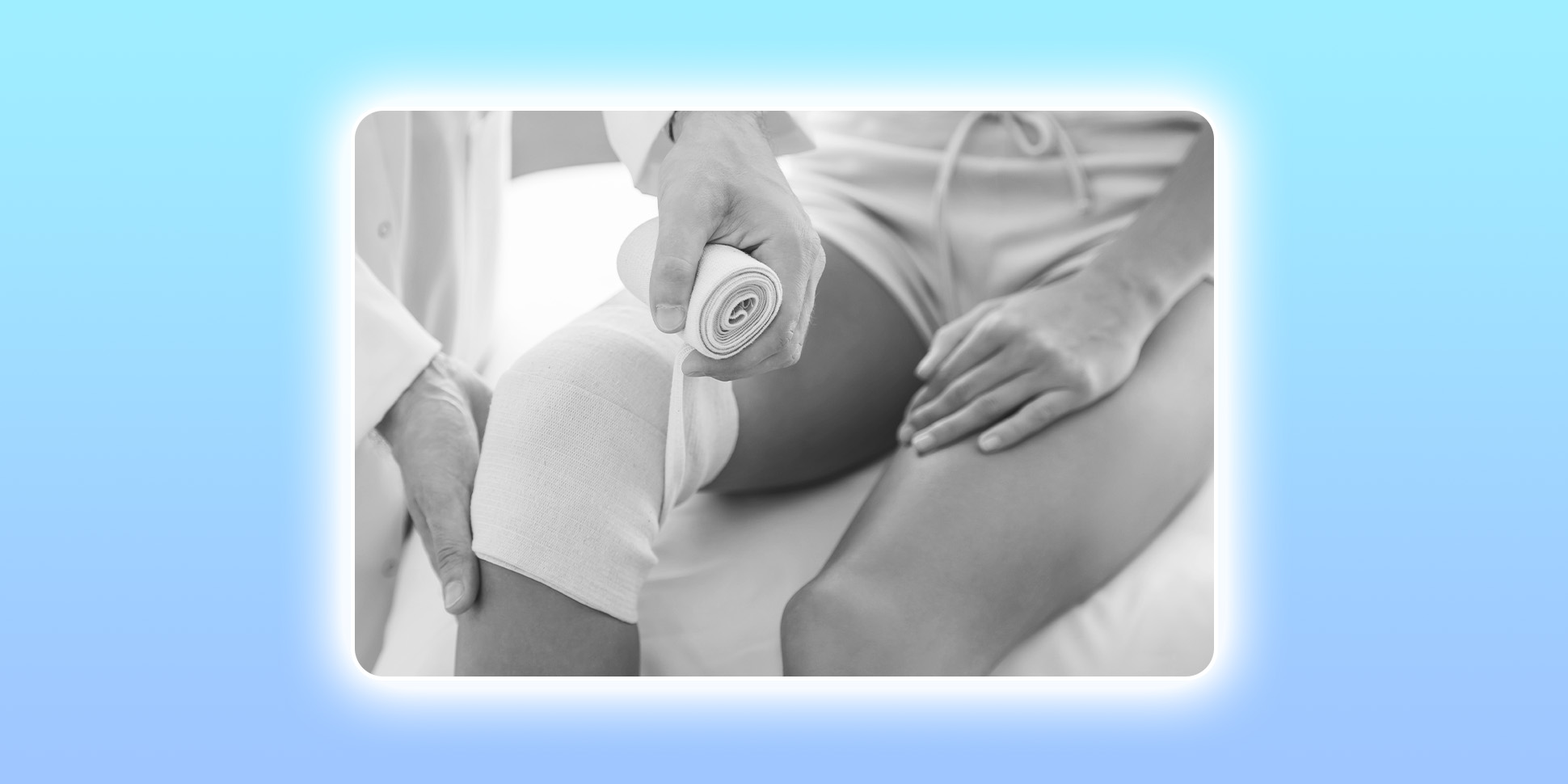








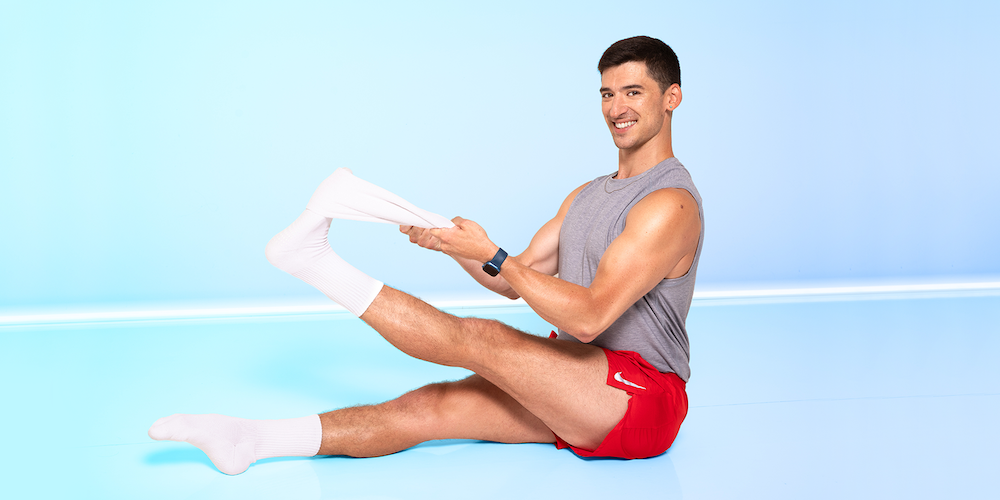
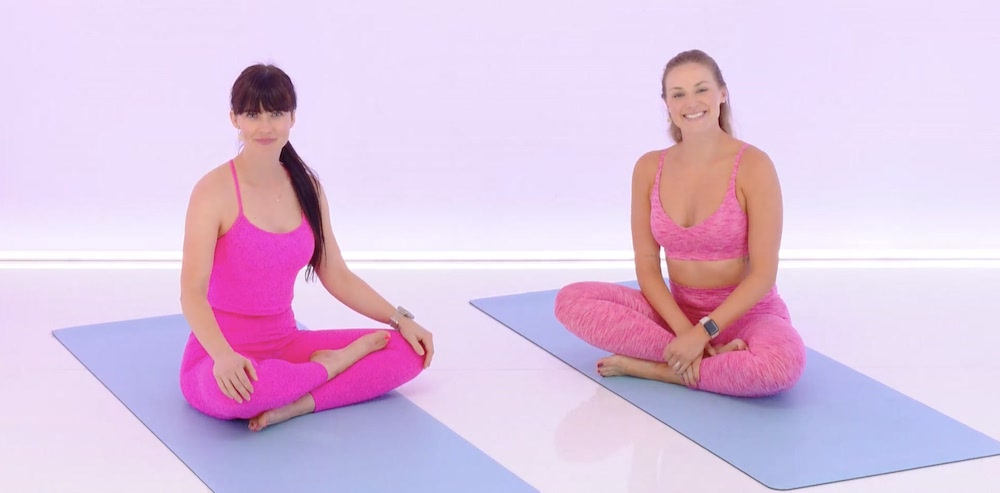






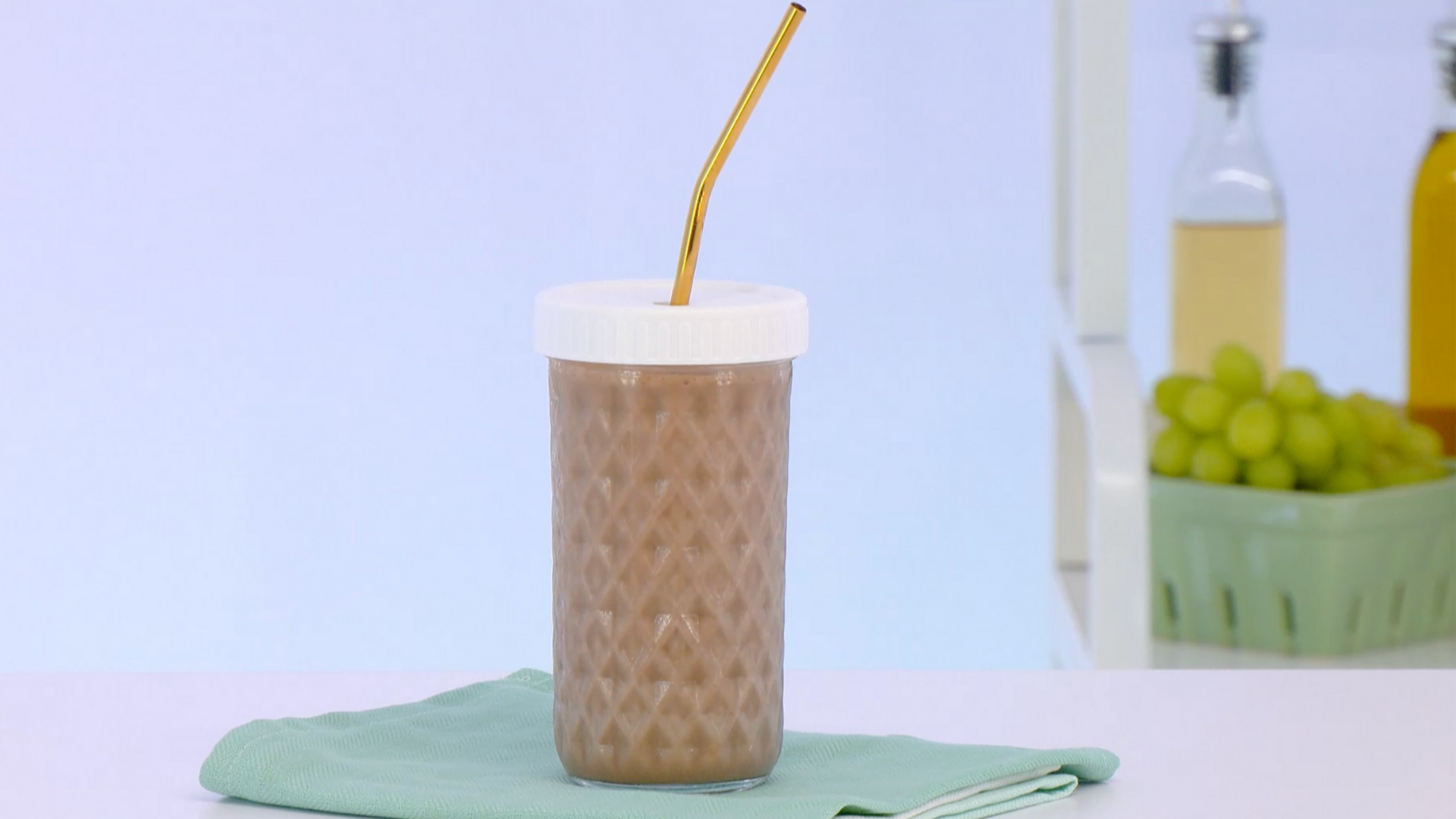
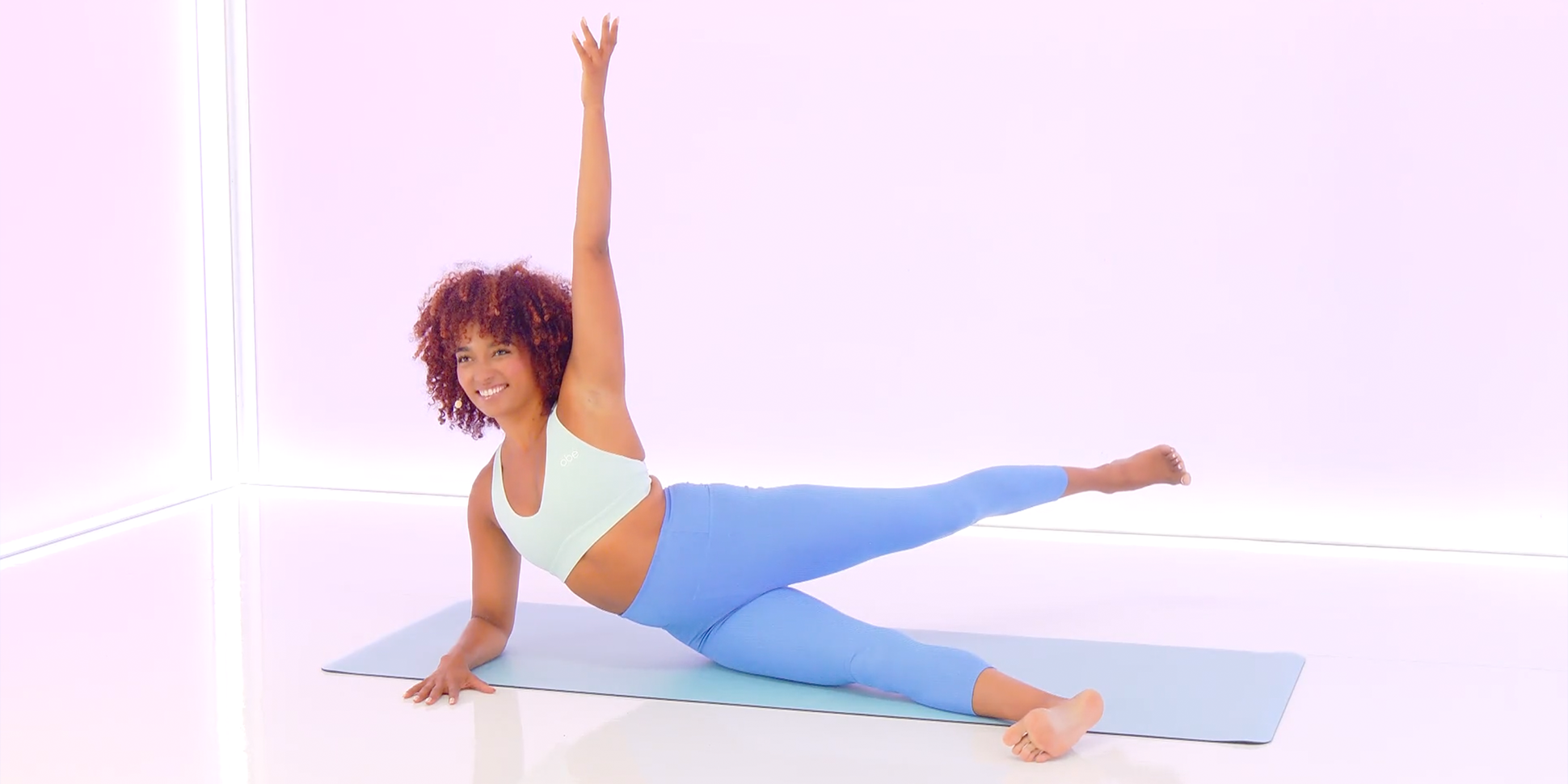
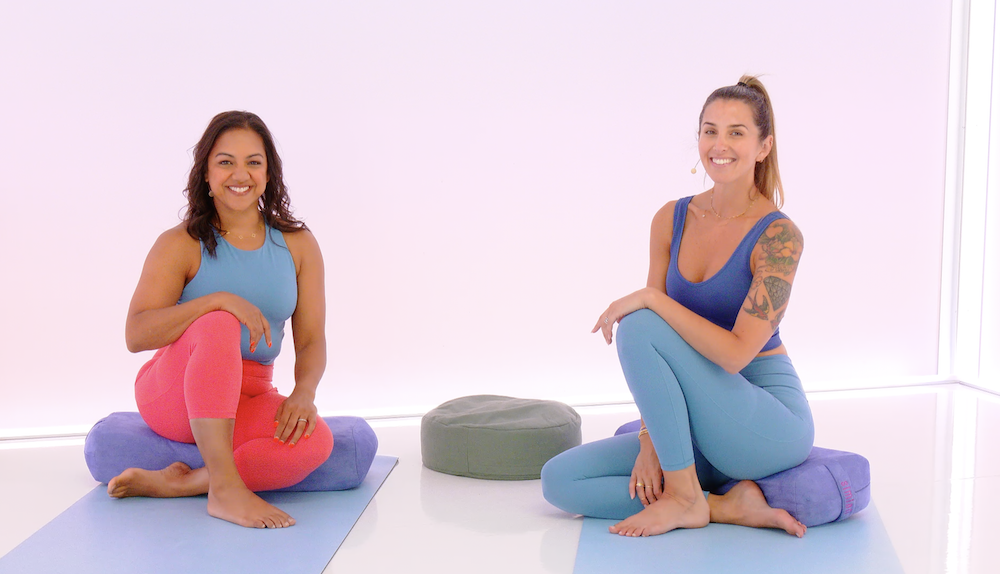


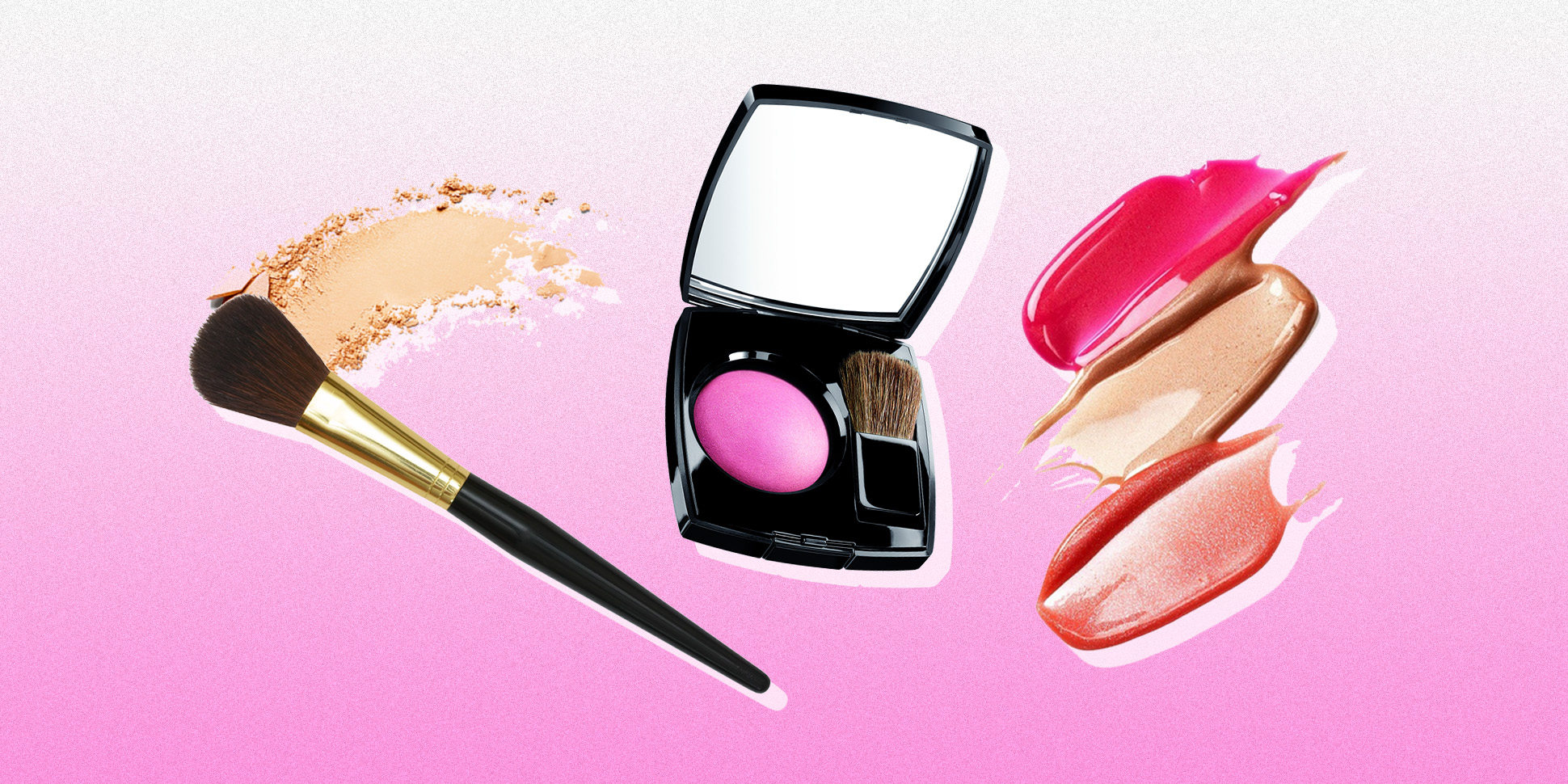







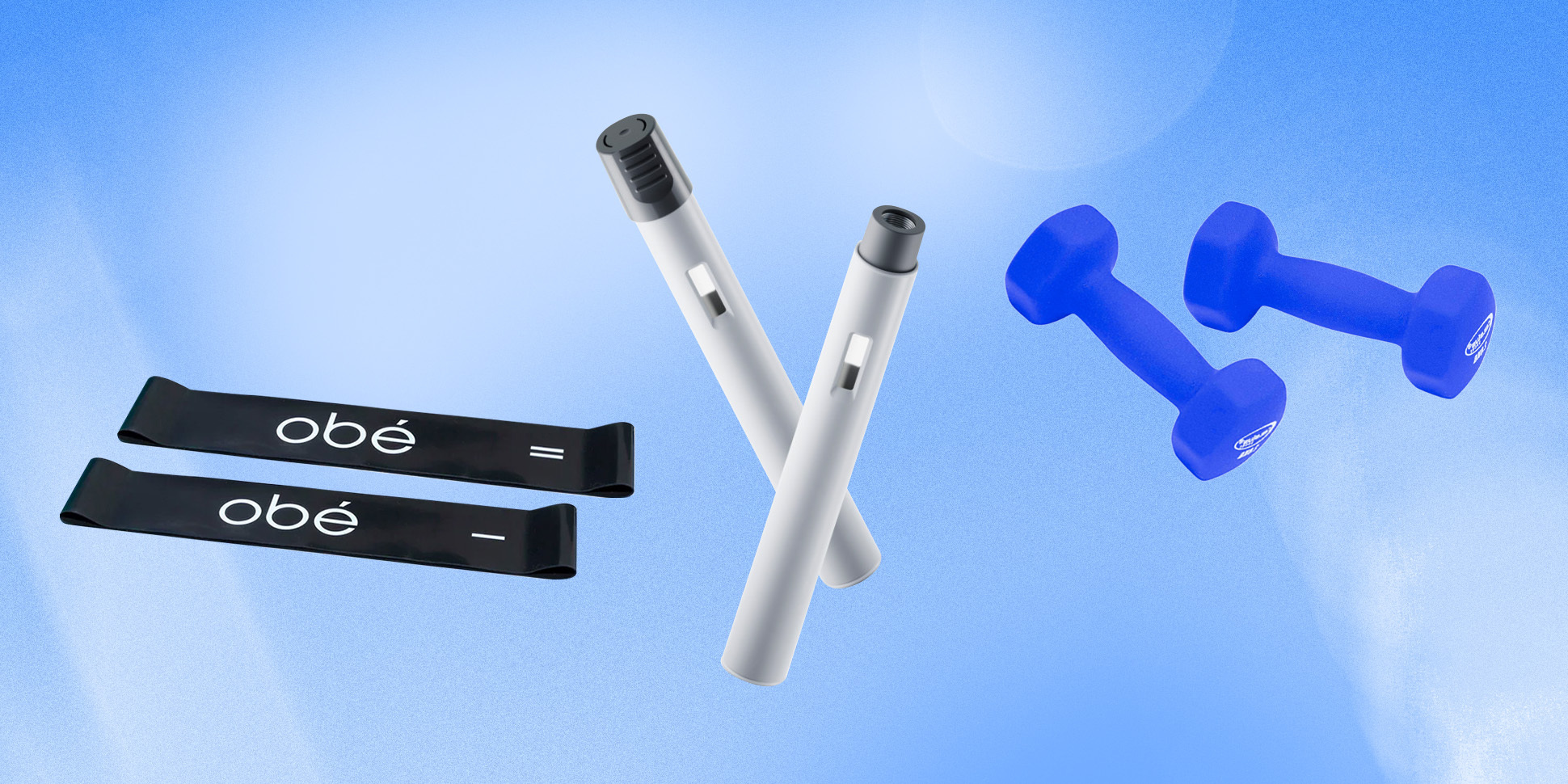



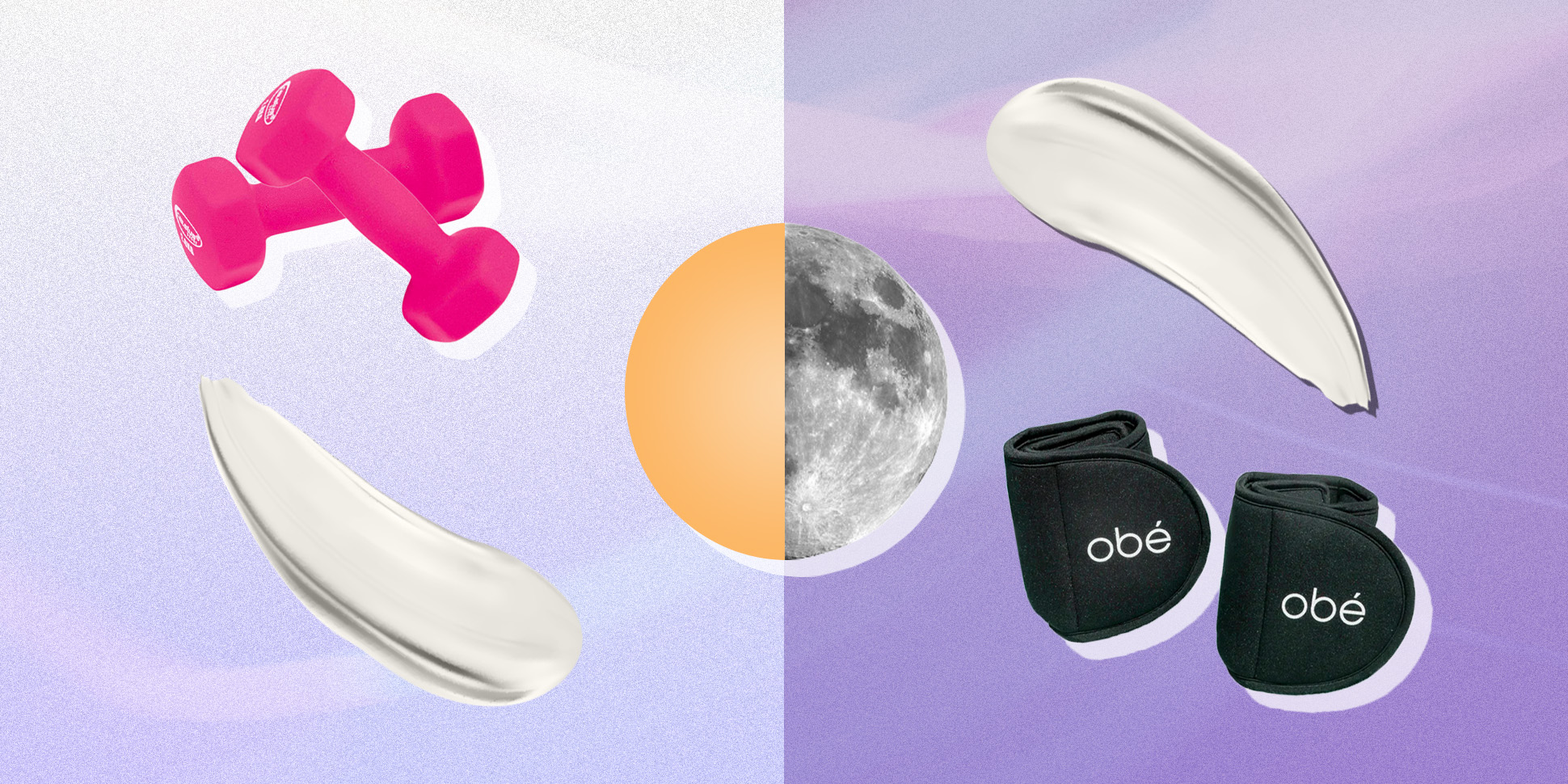





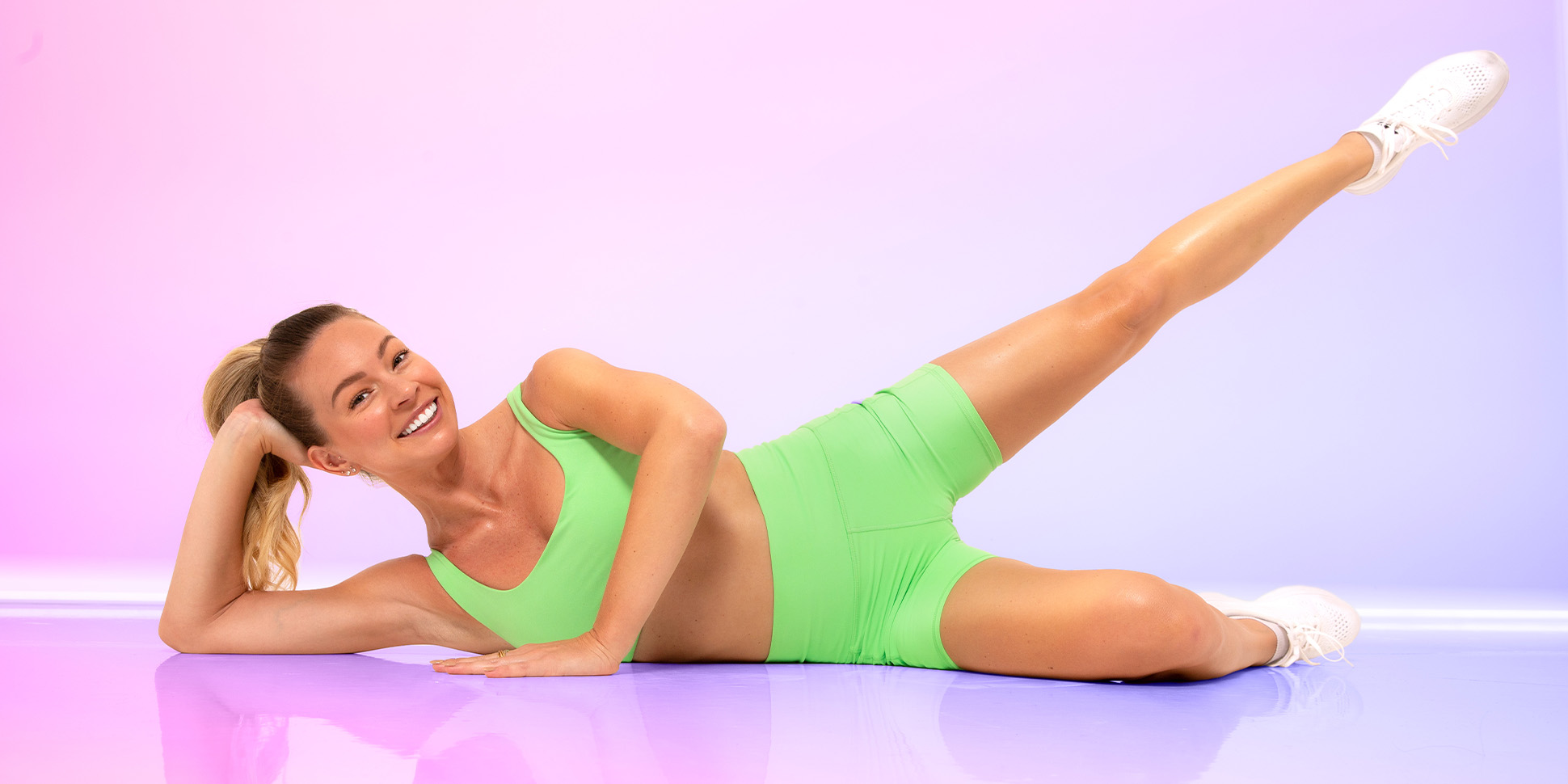






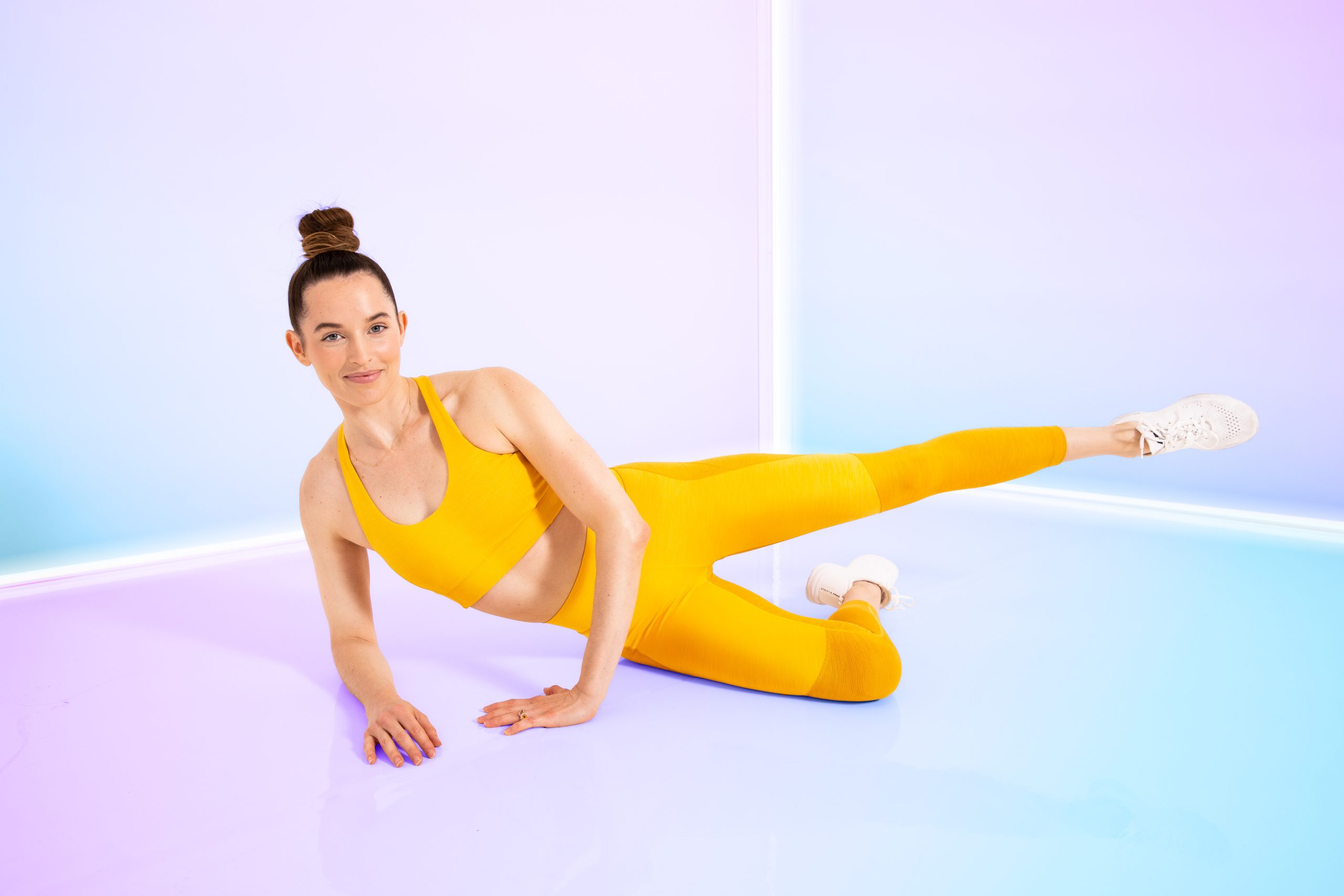

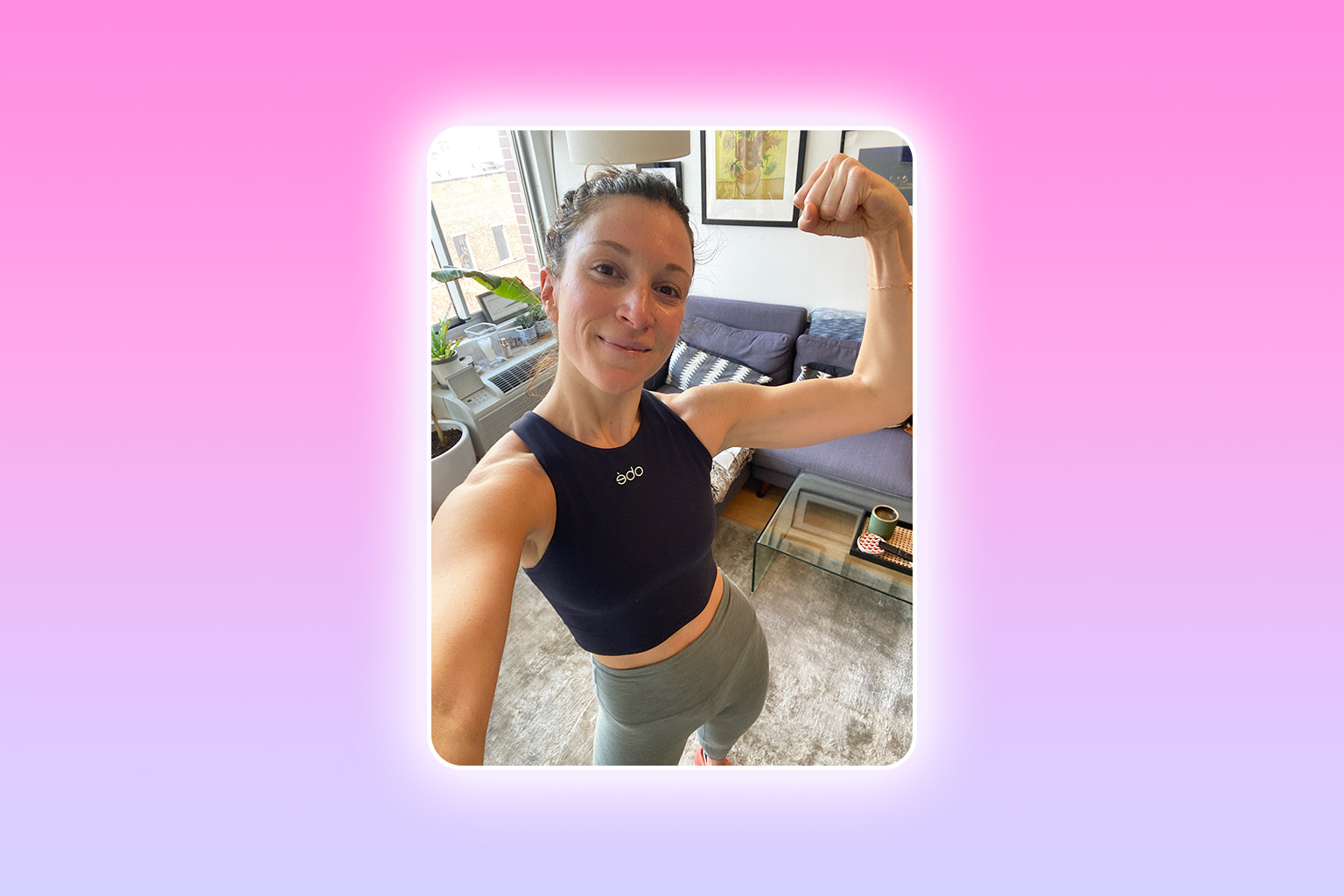
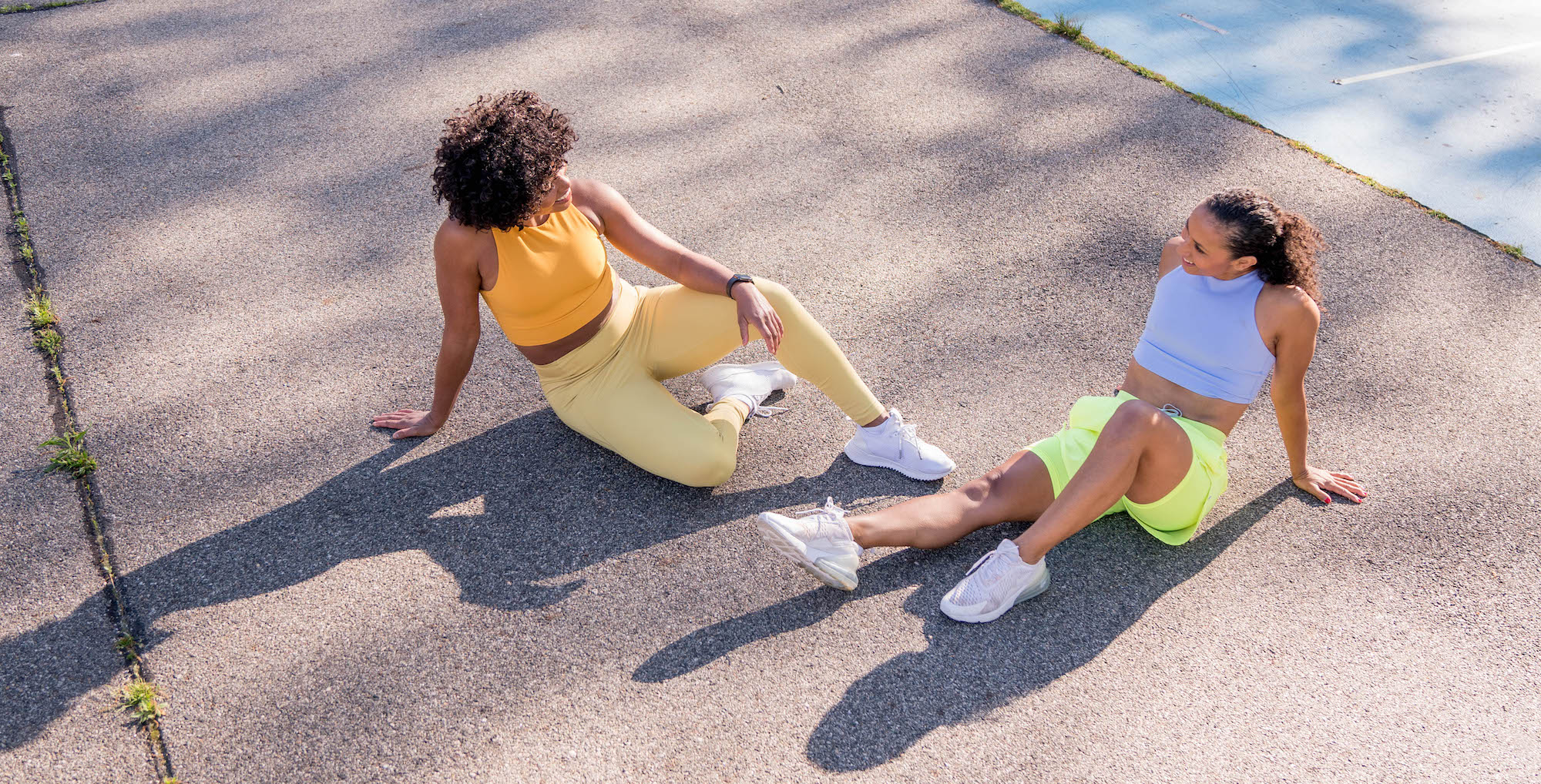
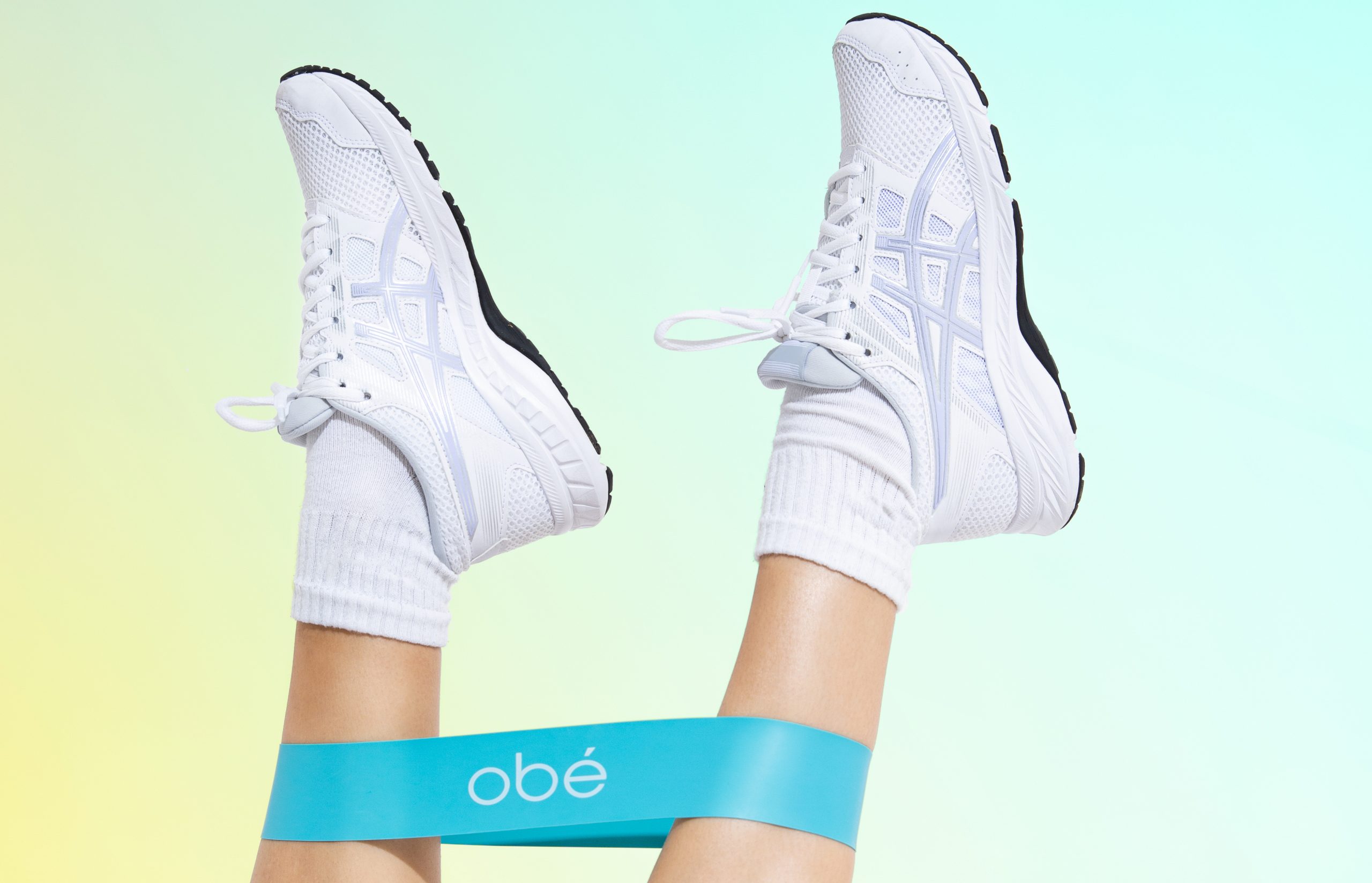

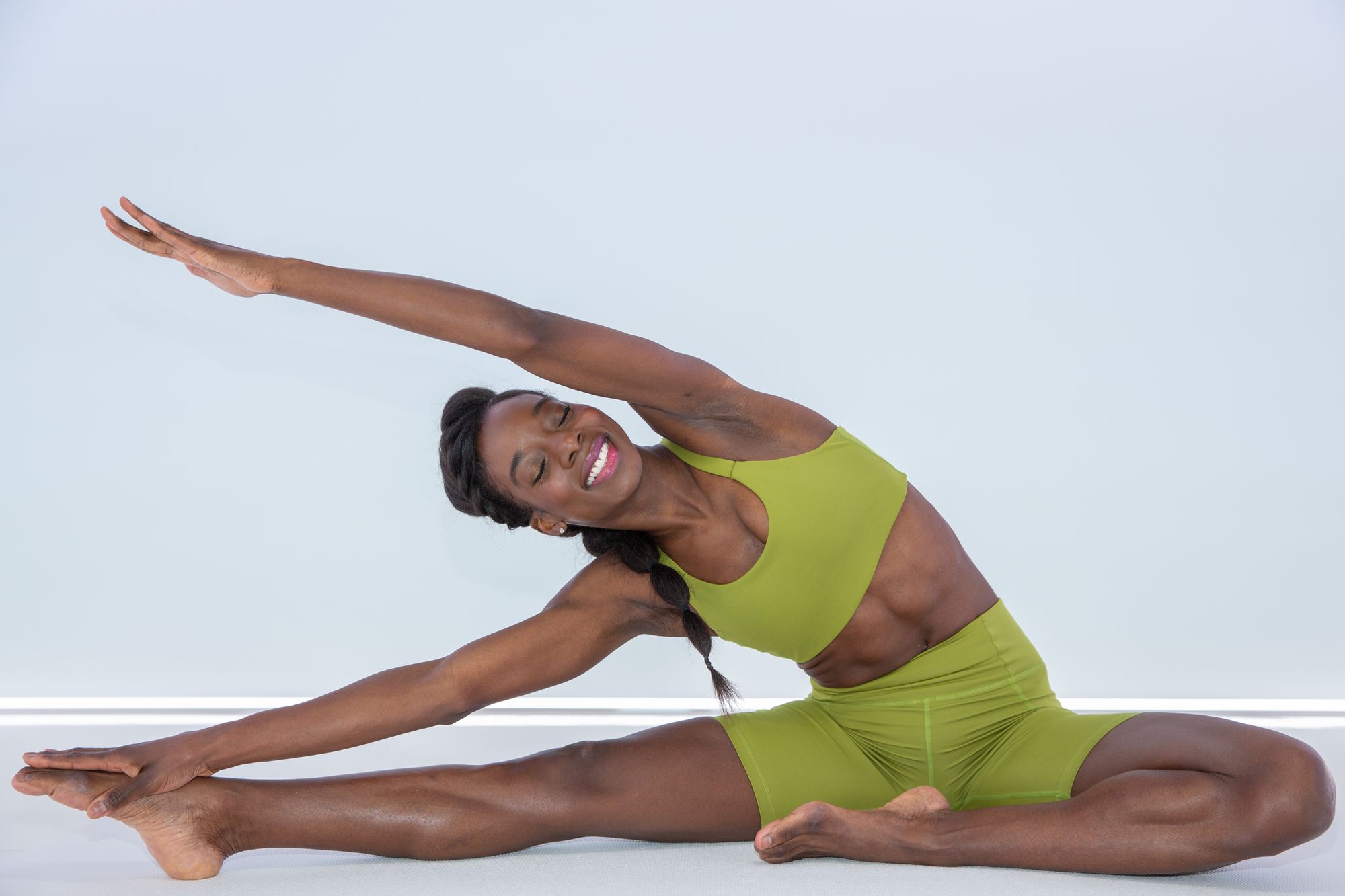

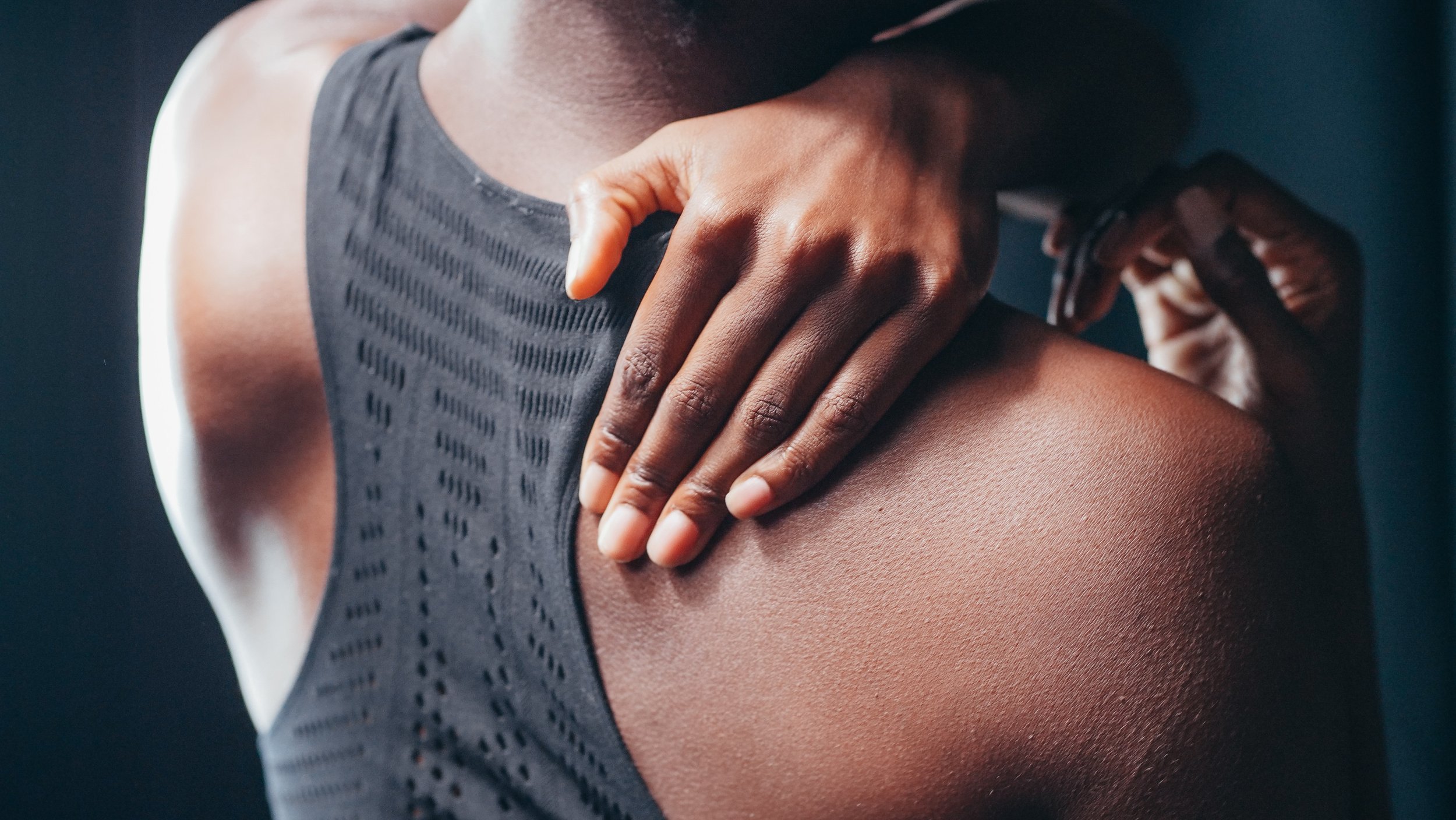






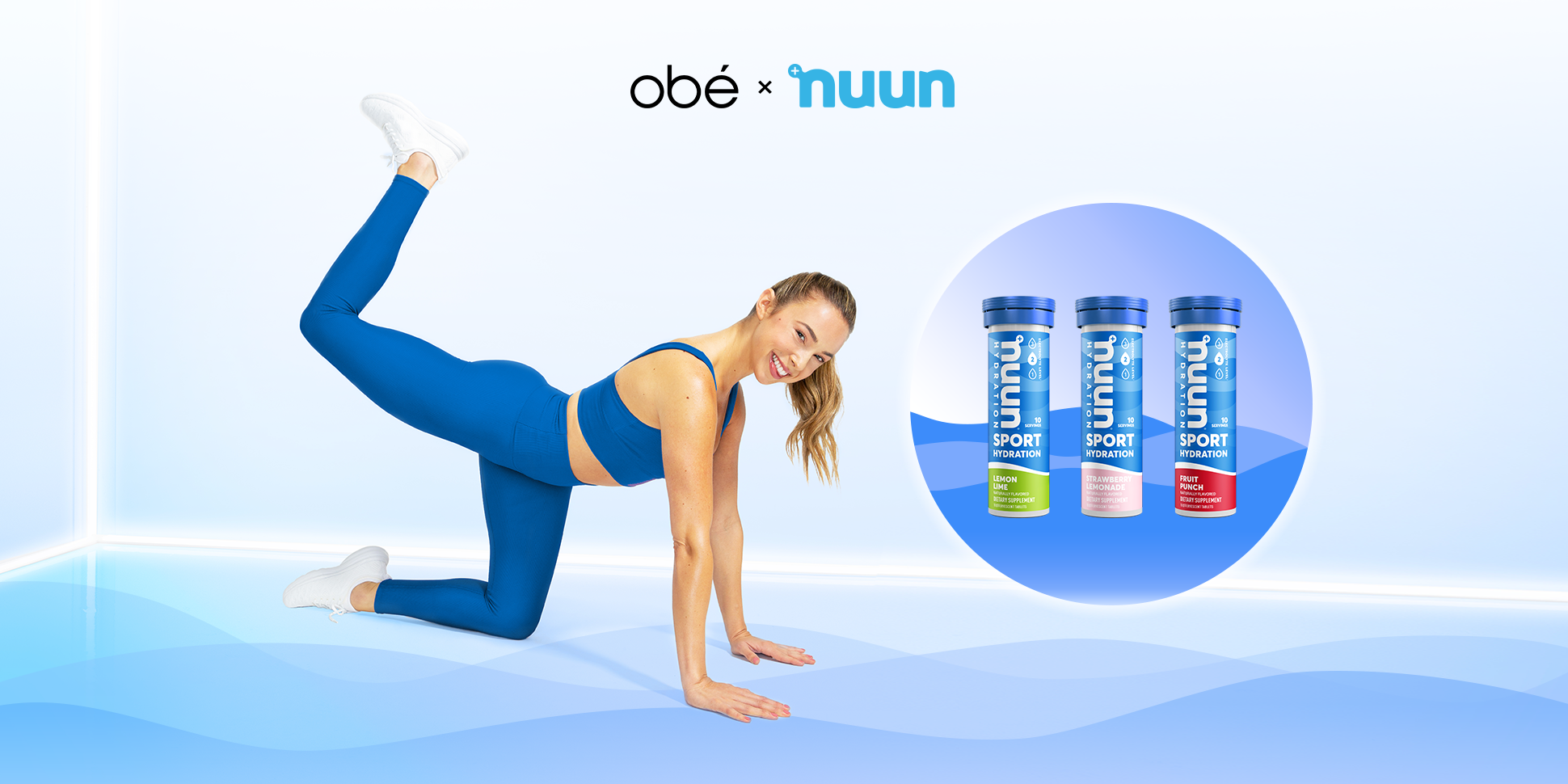




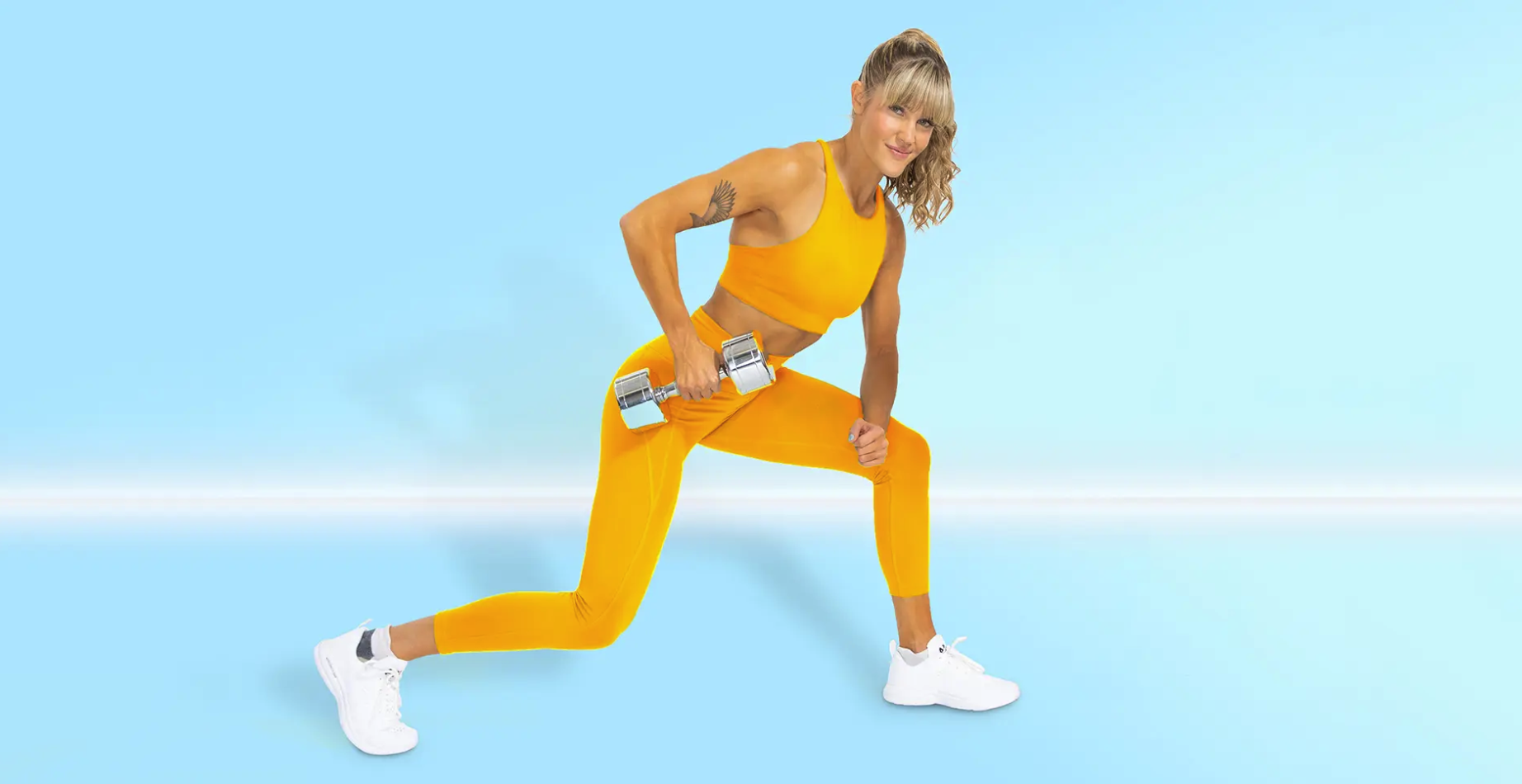




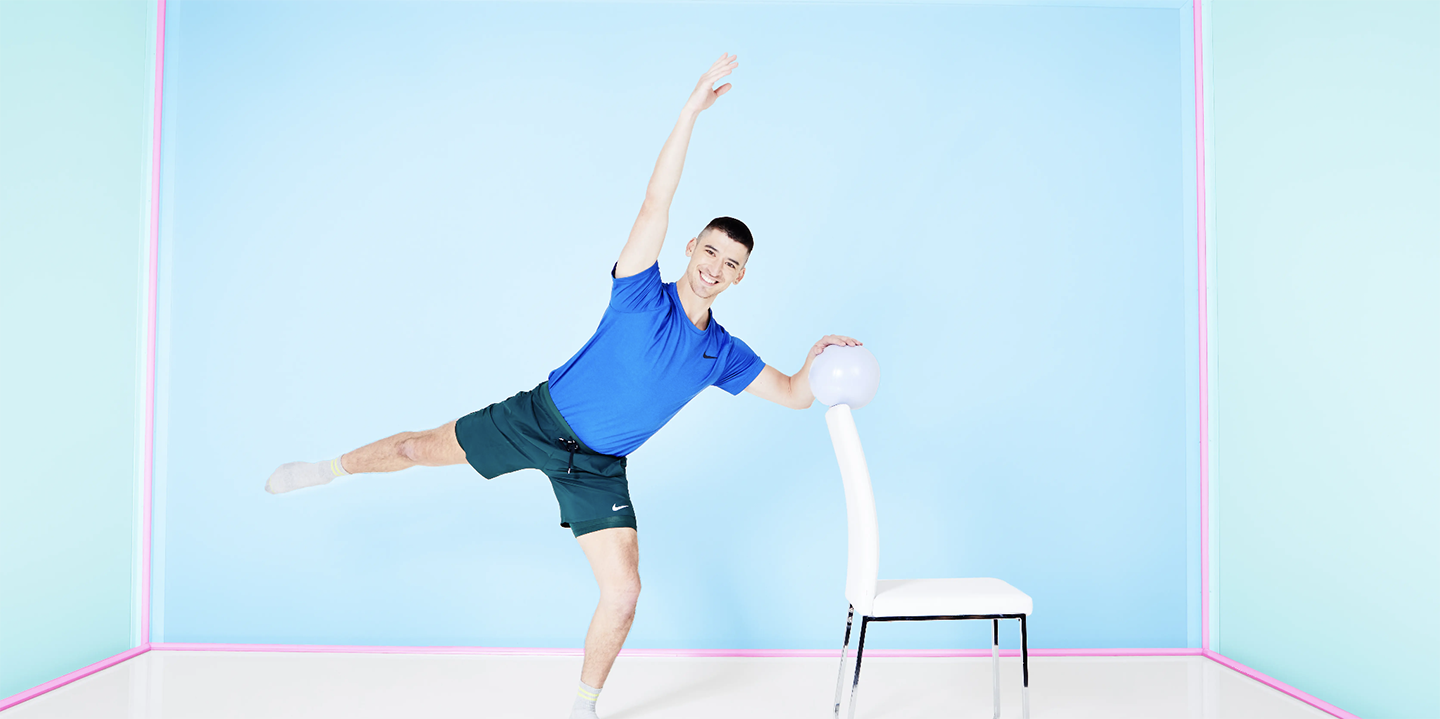



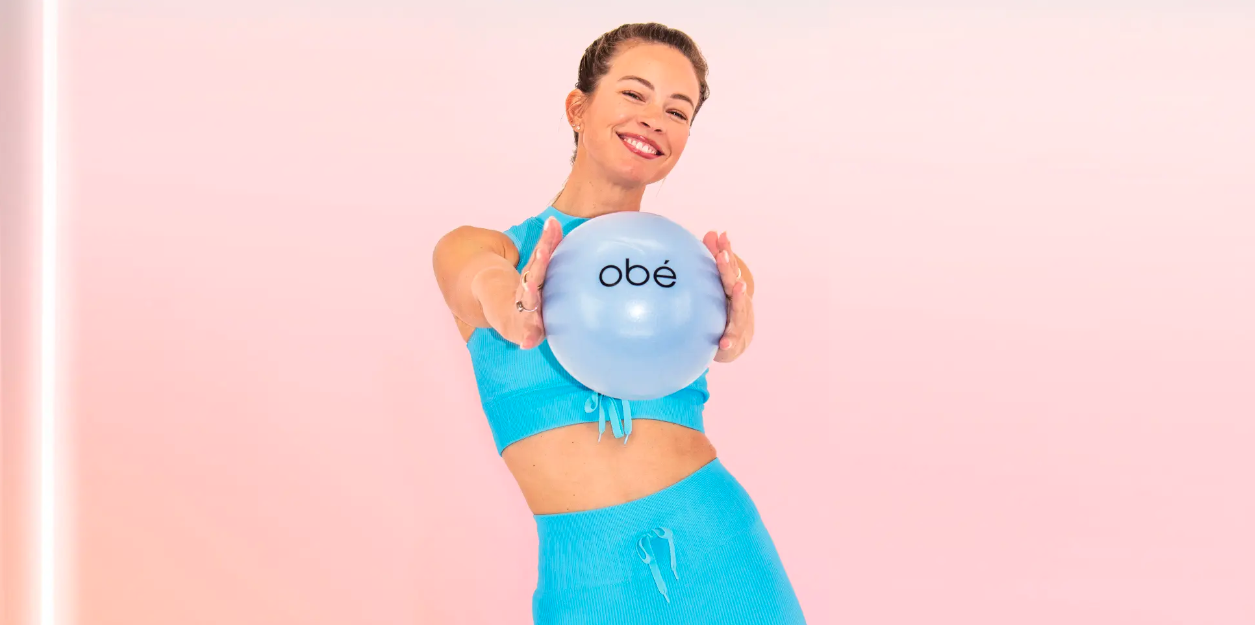
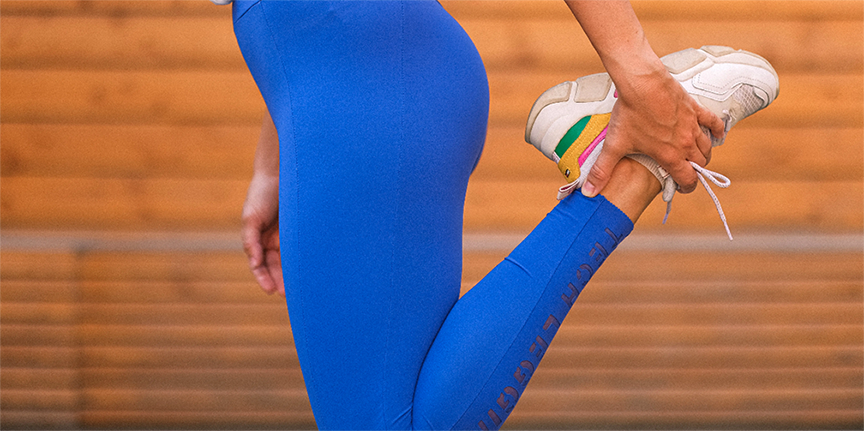




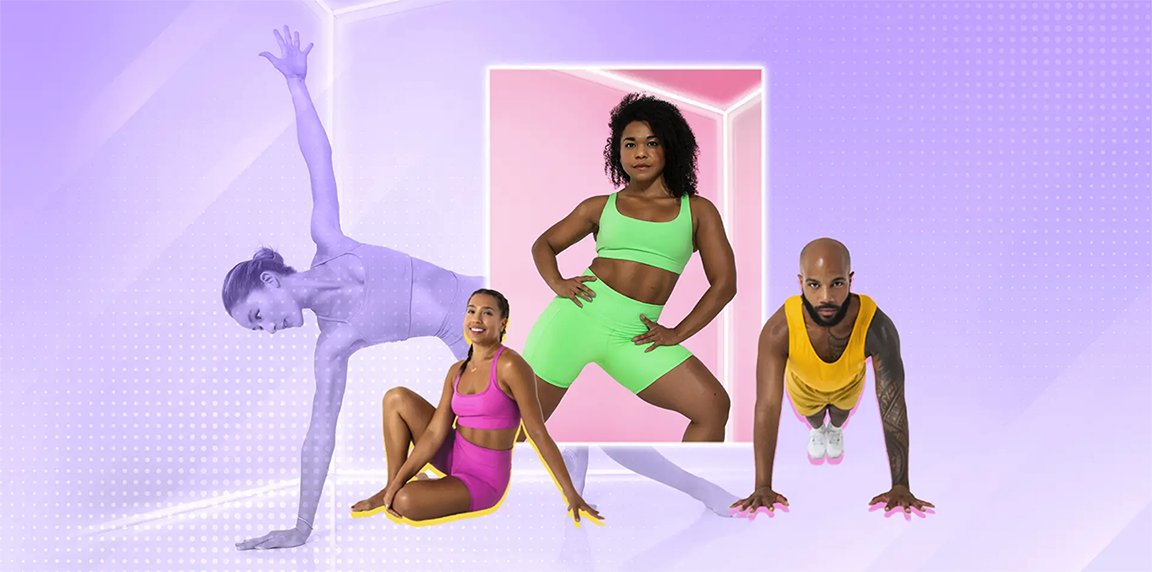



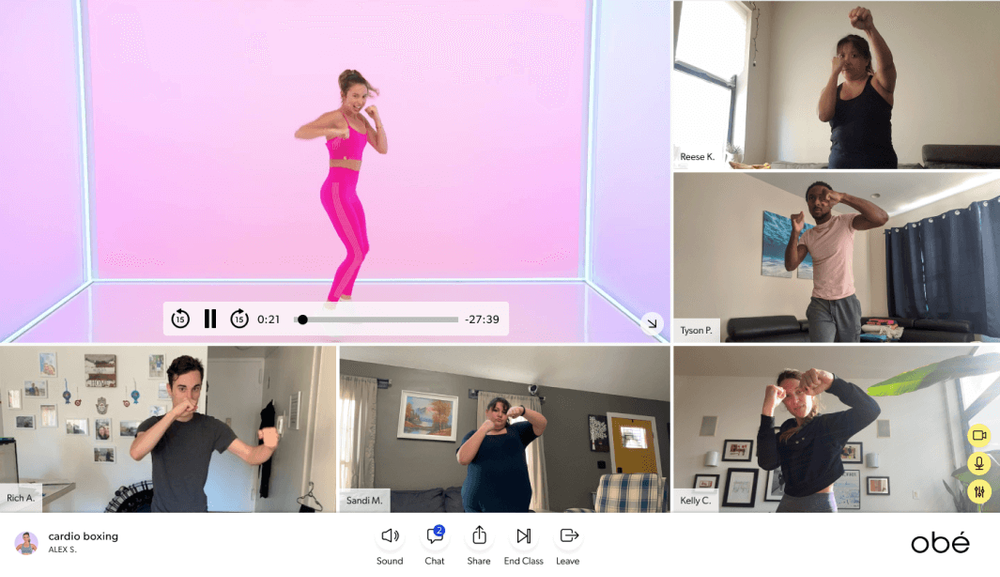


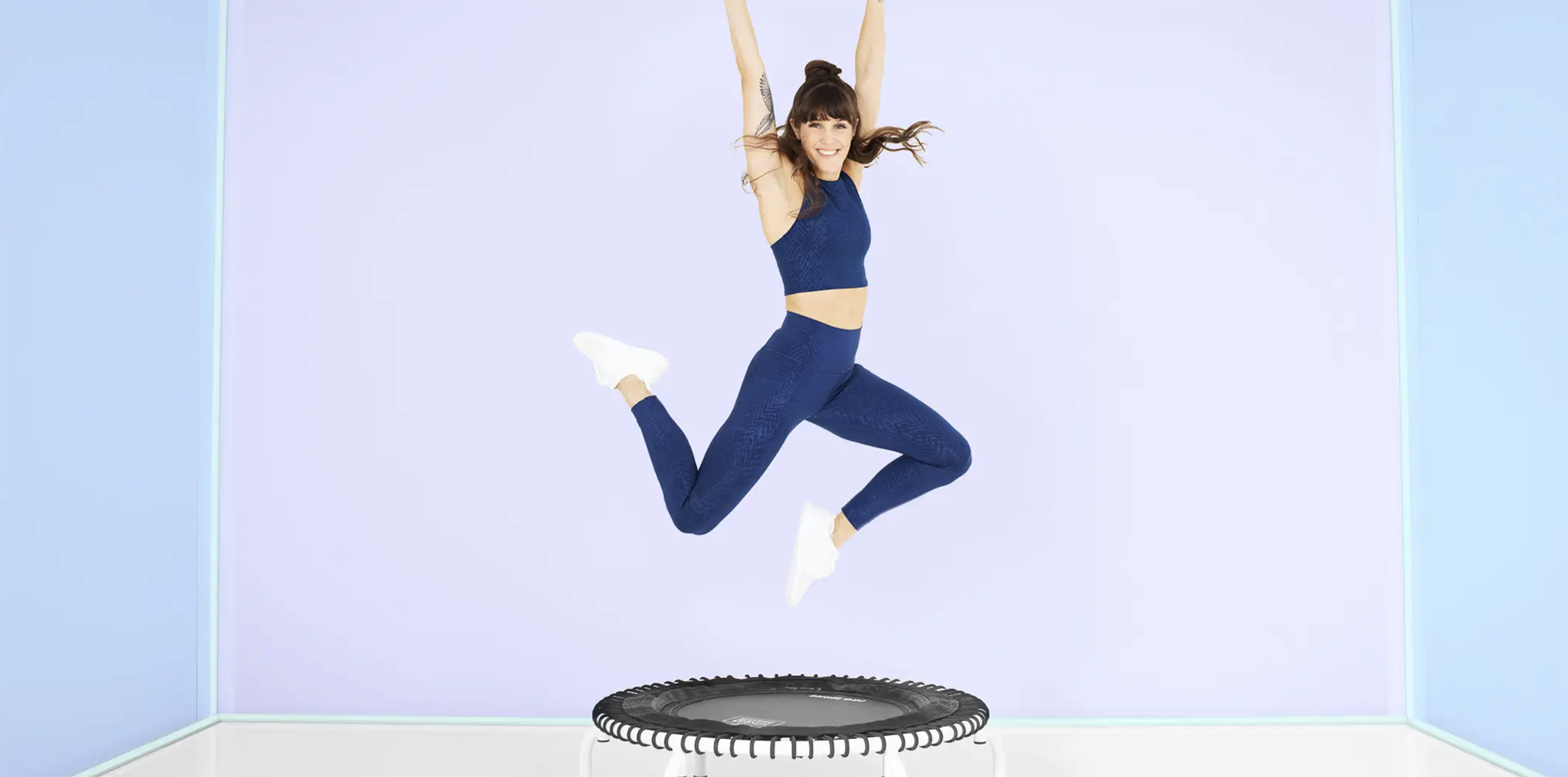






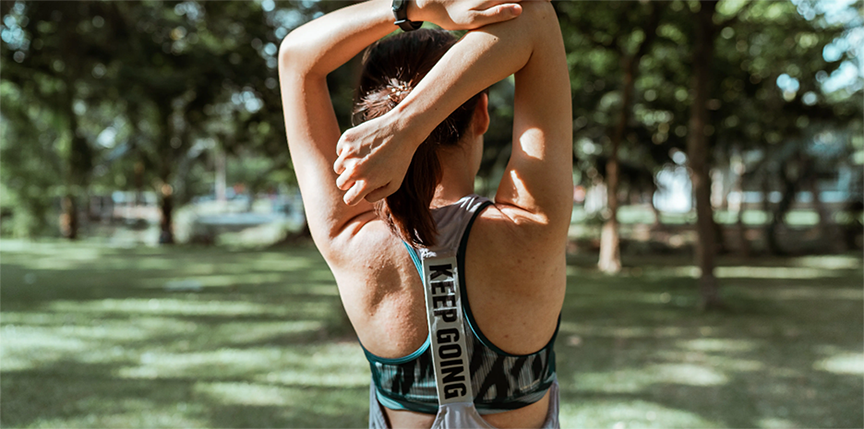


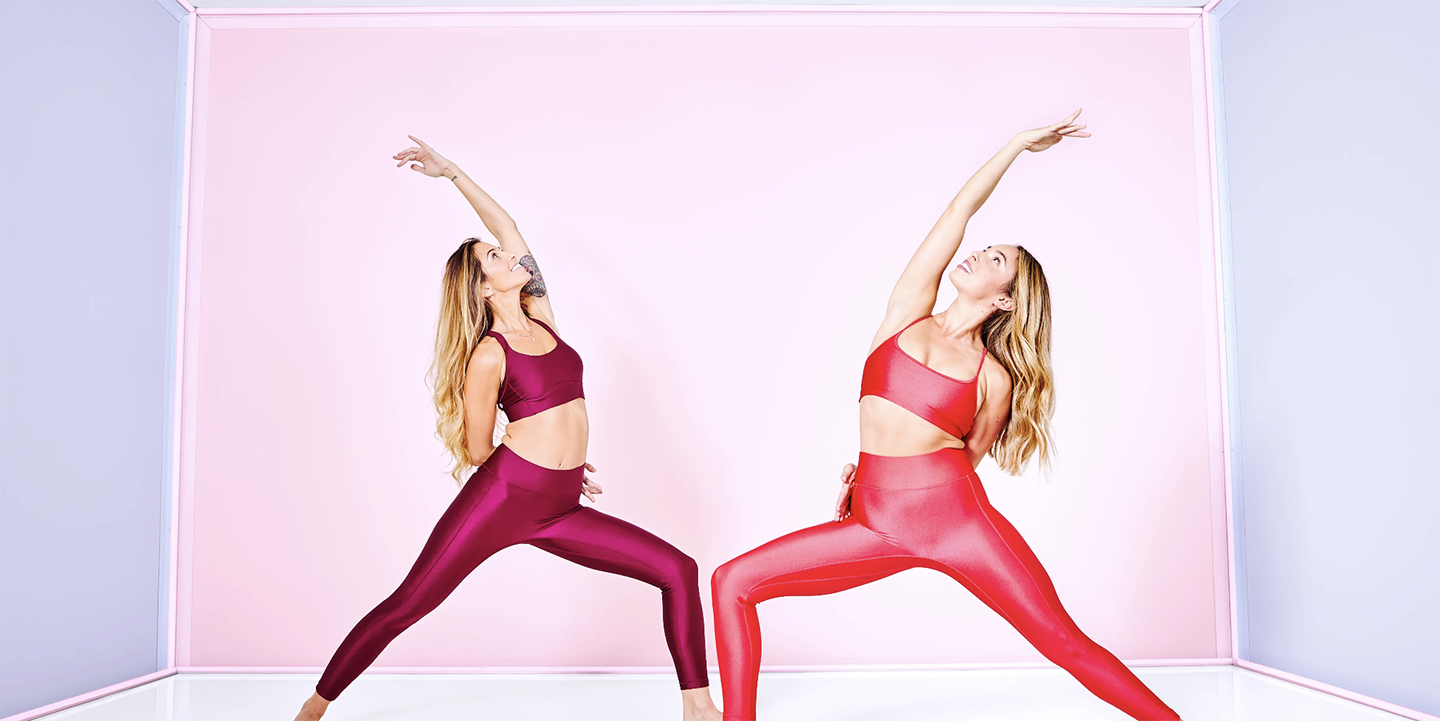
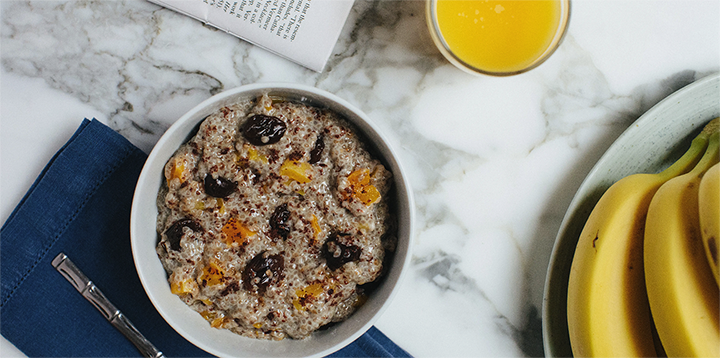


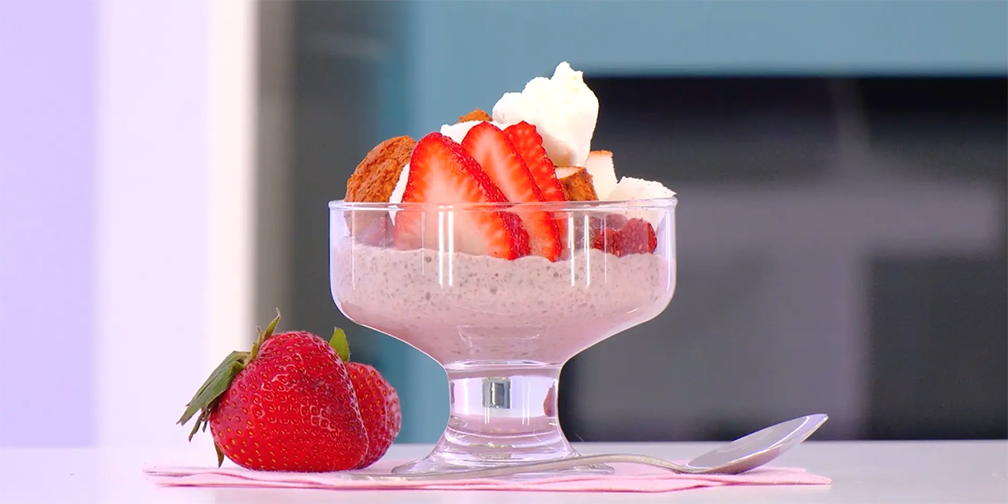











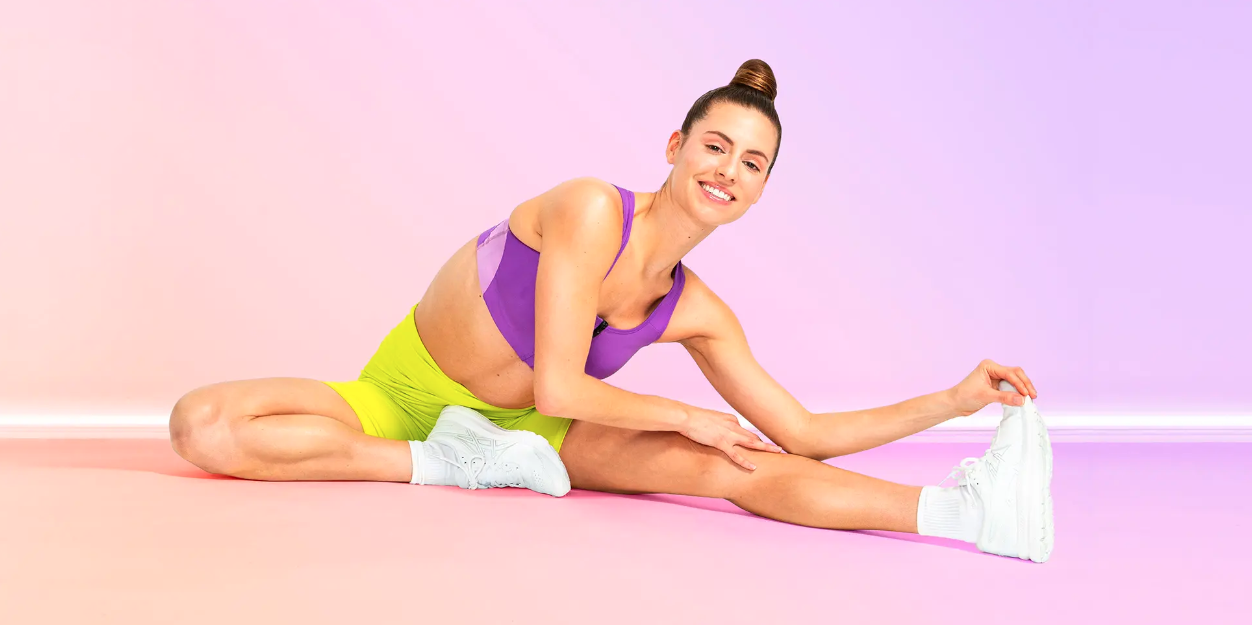




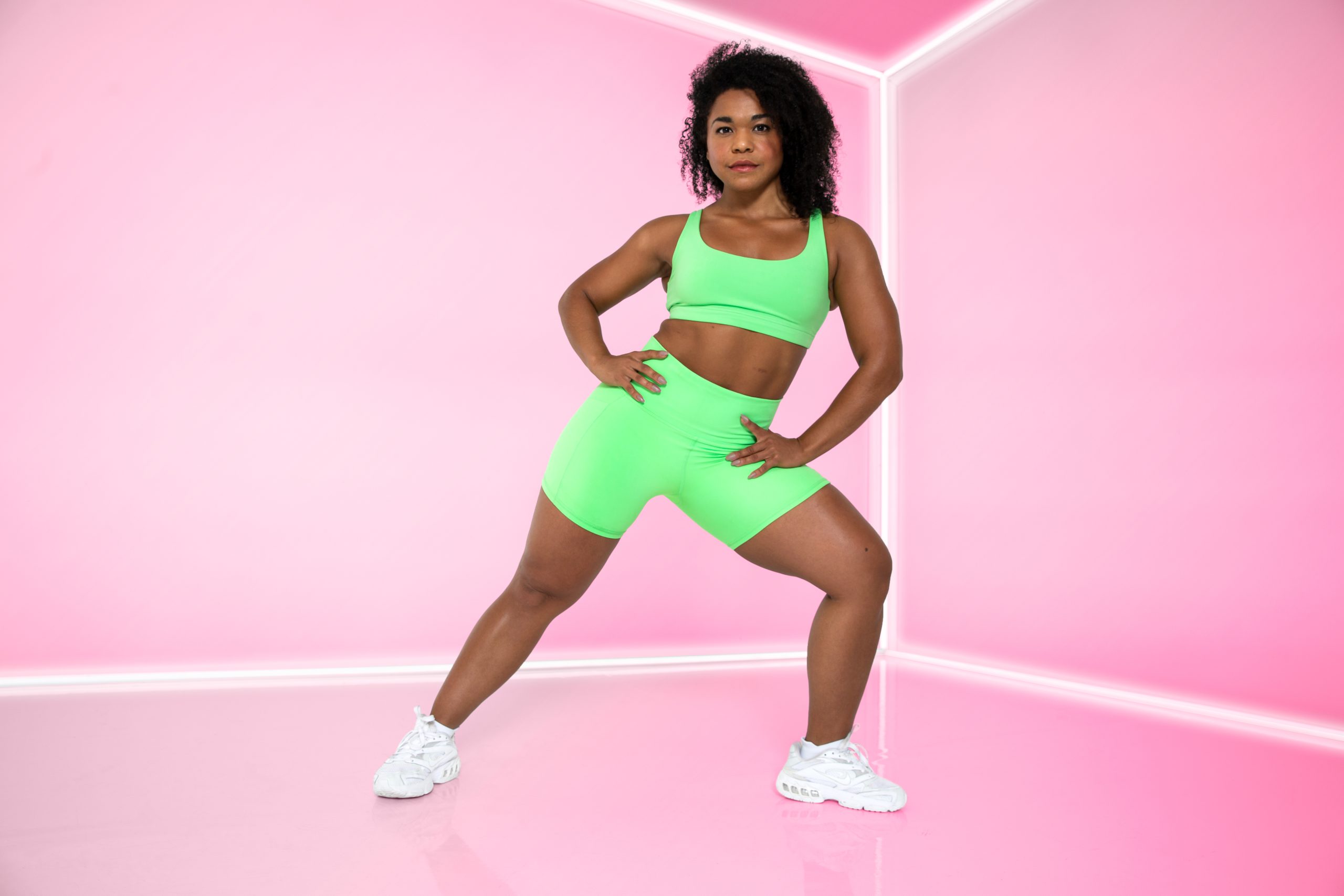

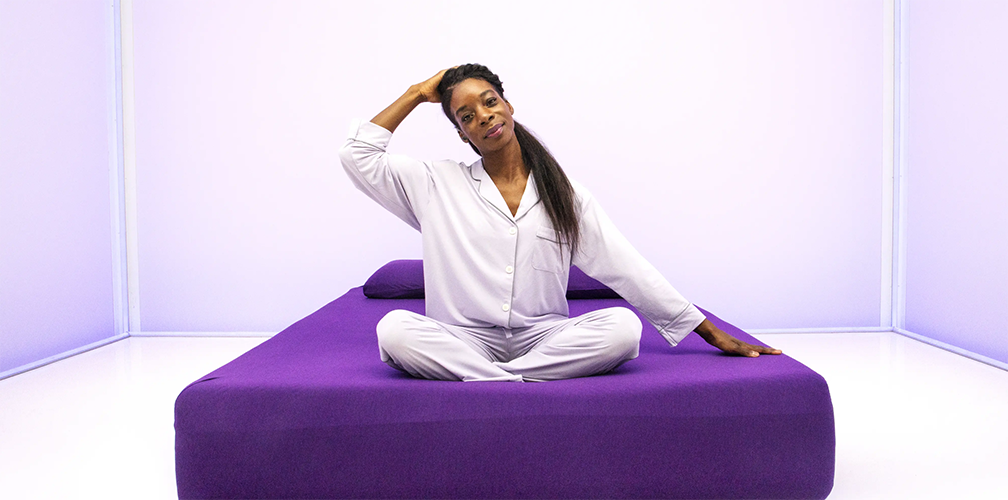




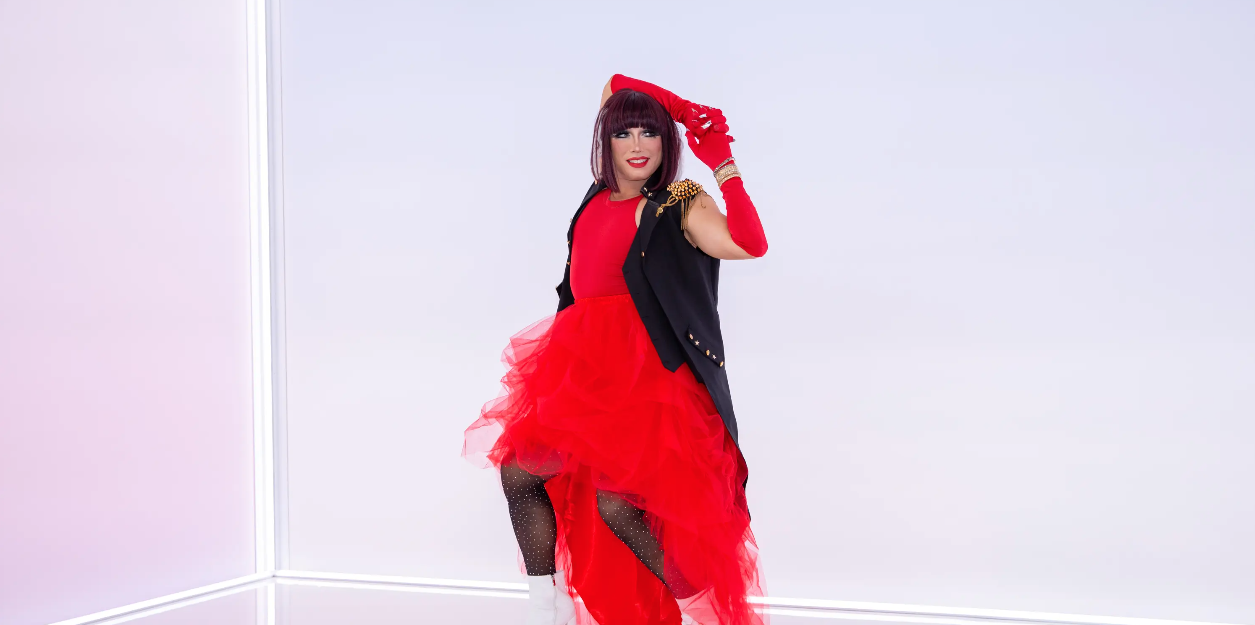


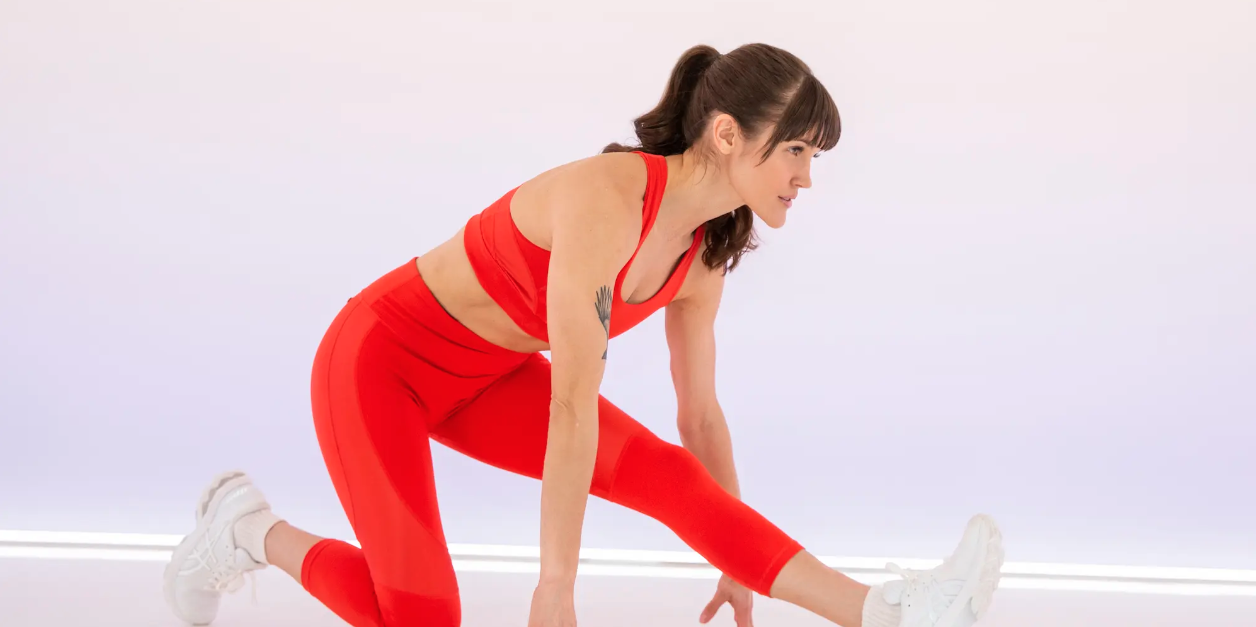
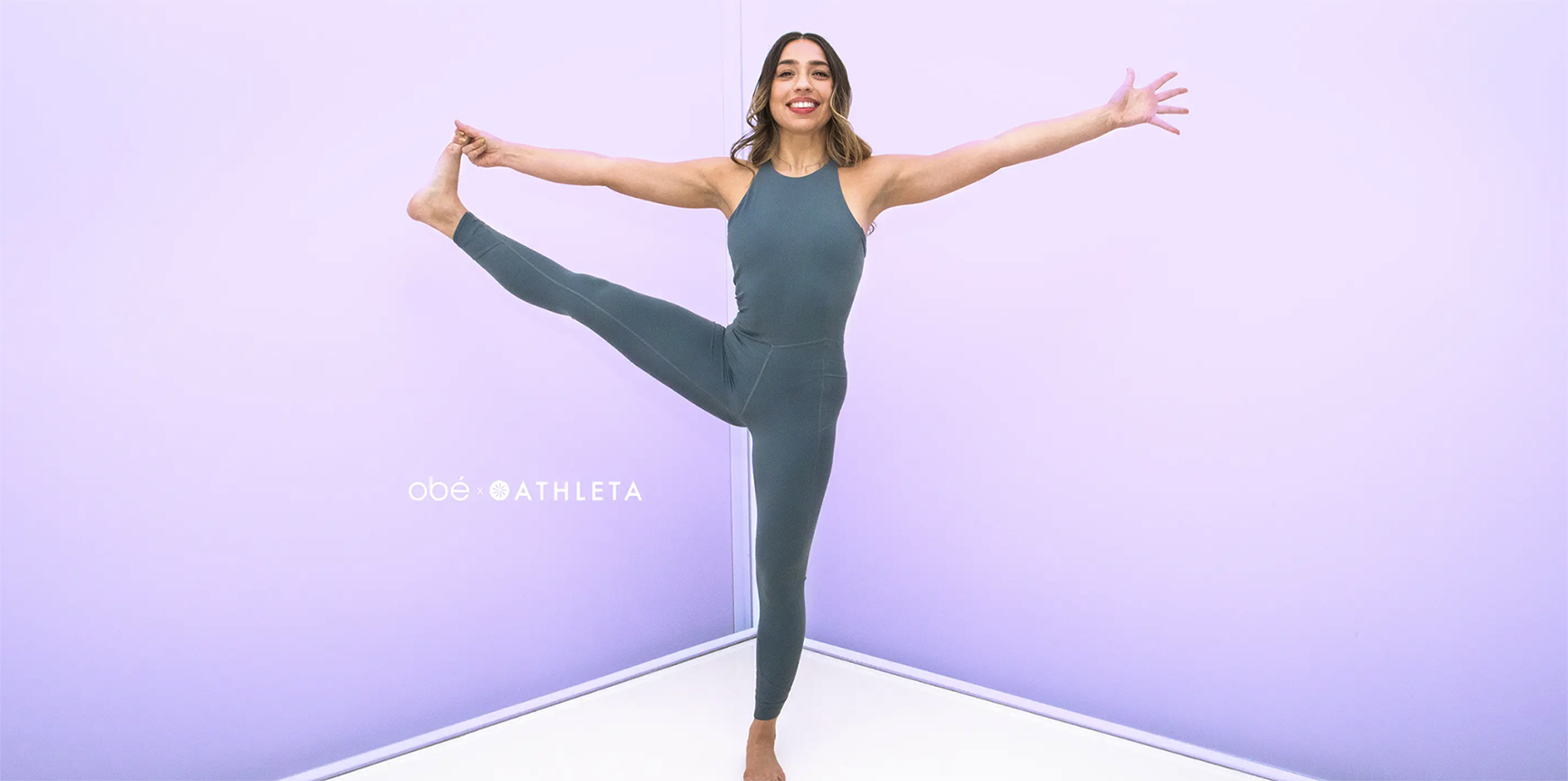
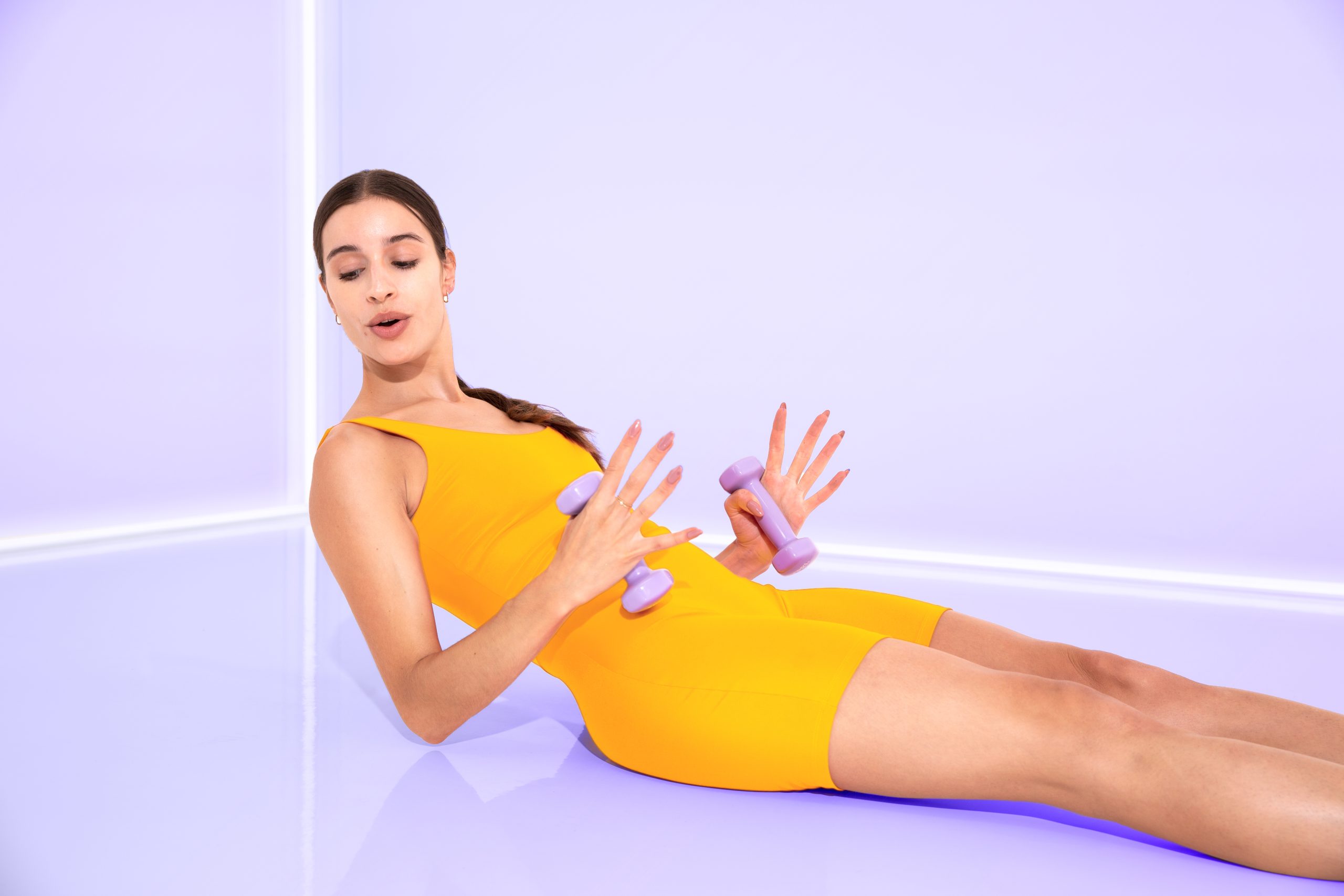







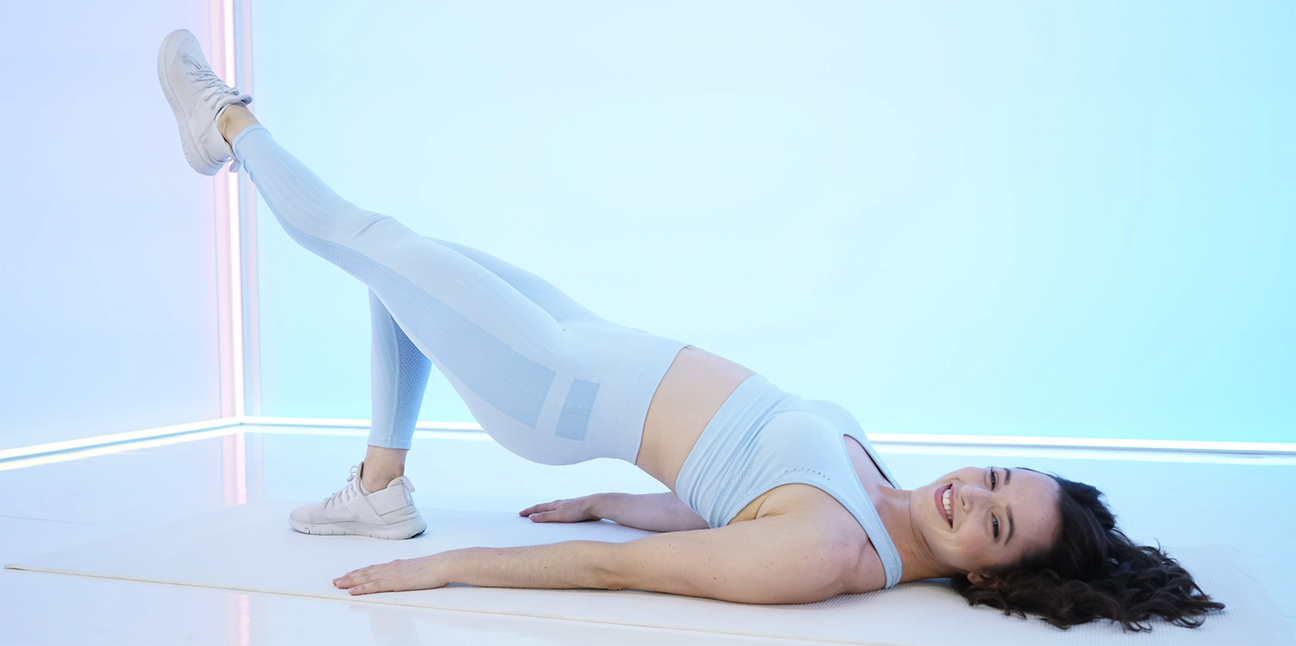





Leave a Reply